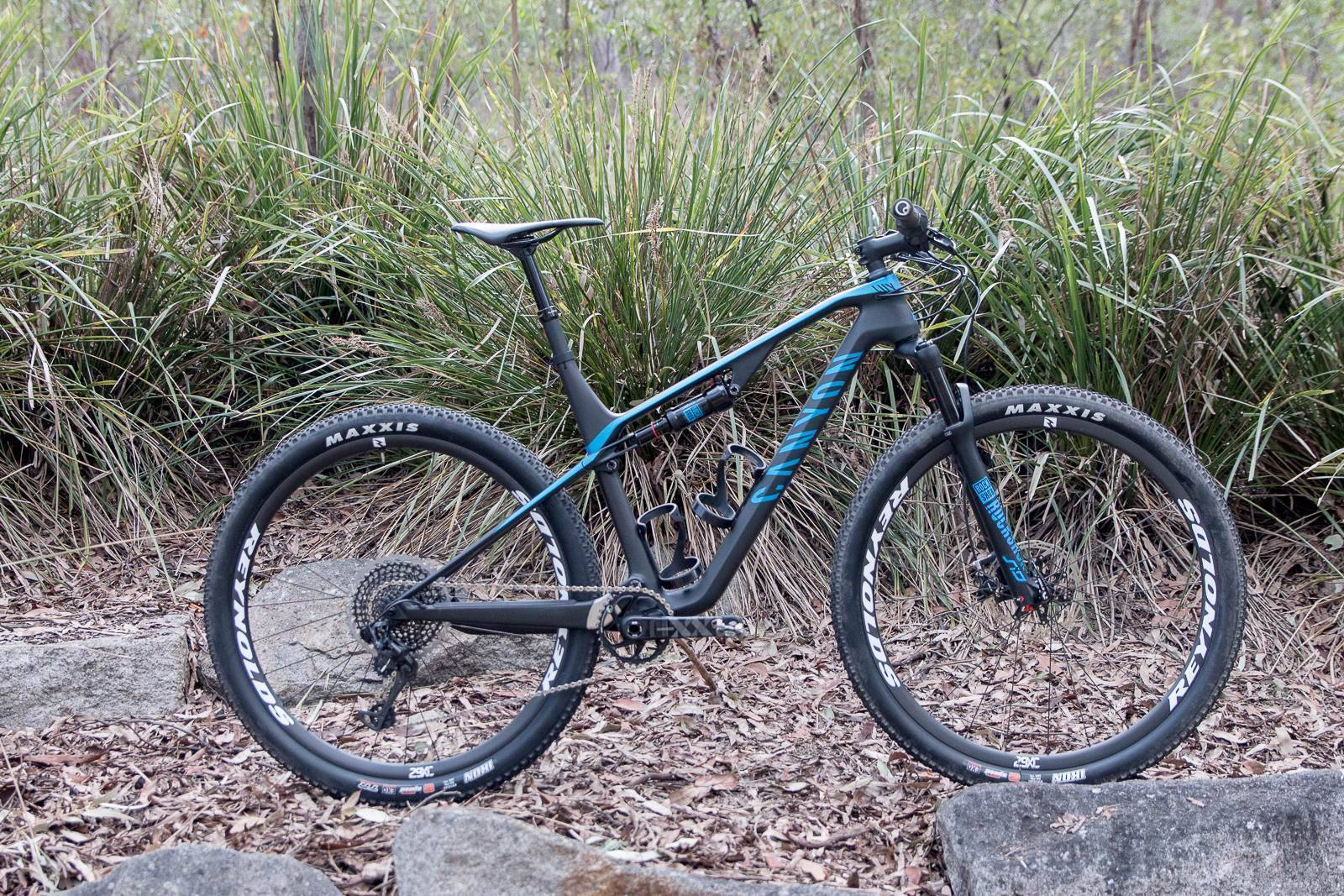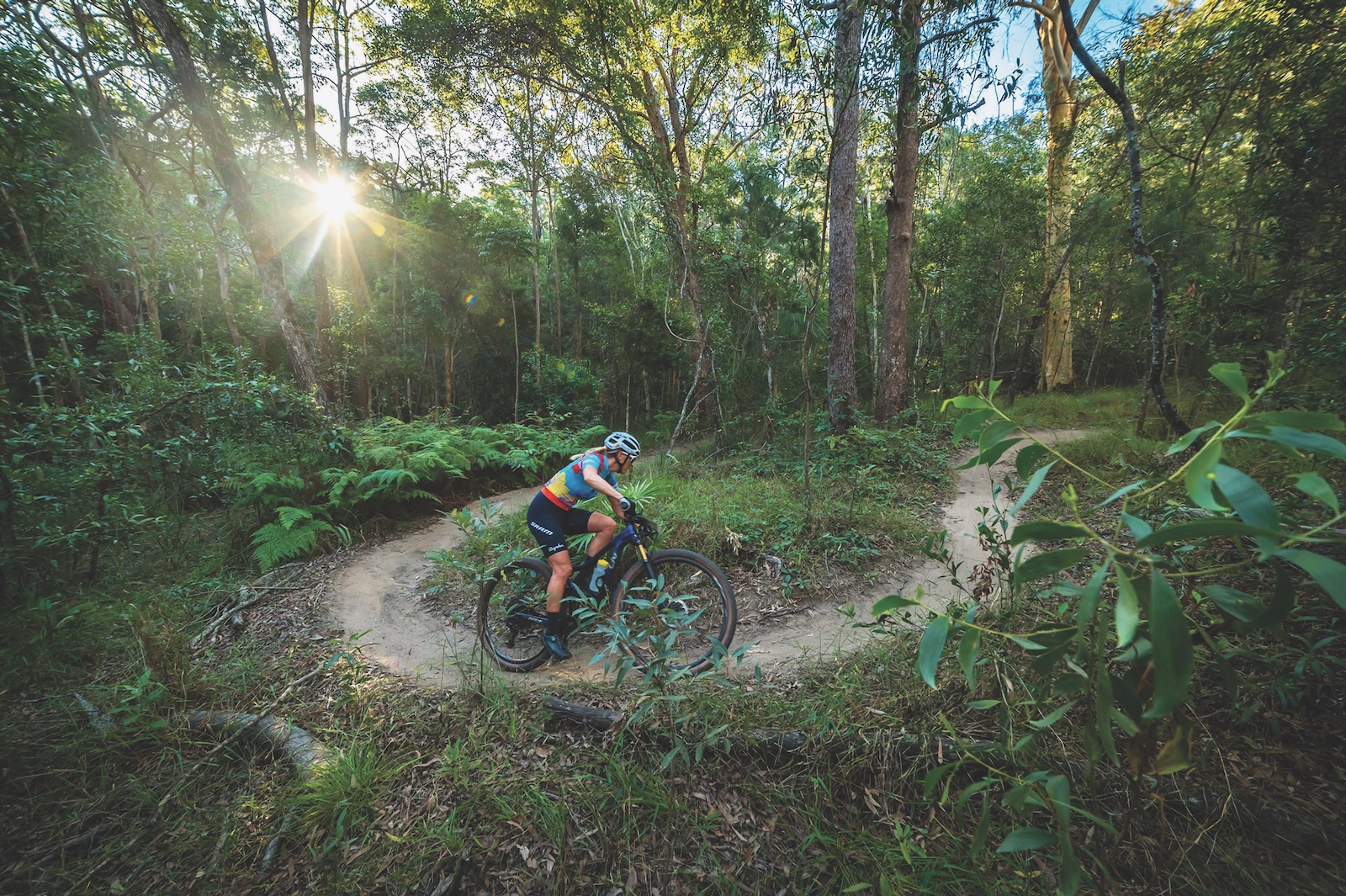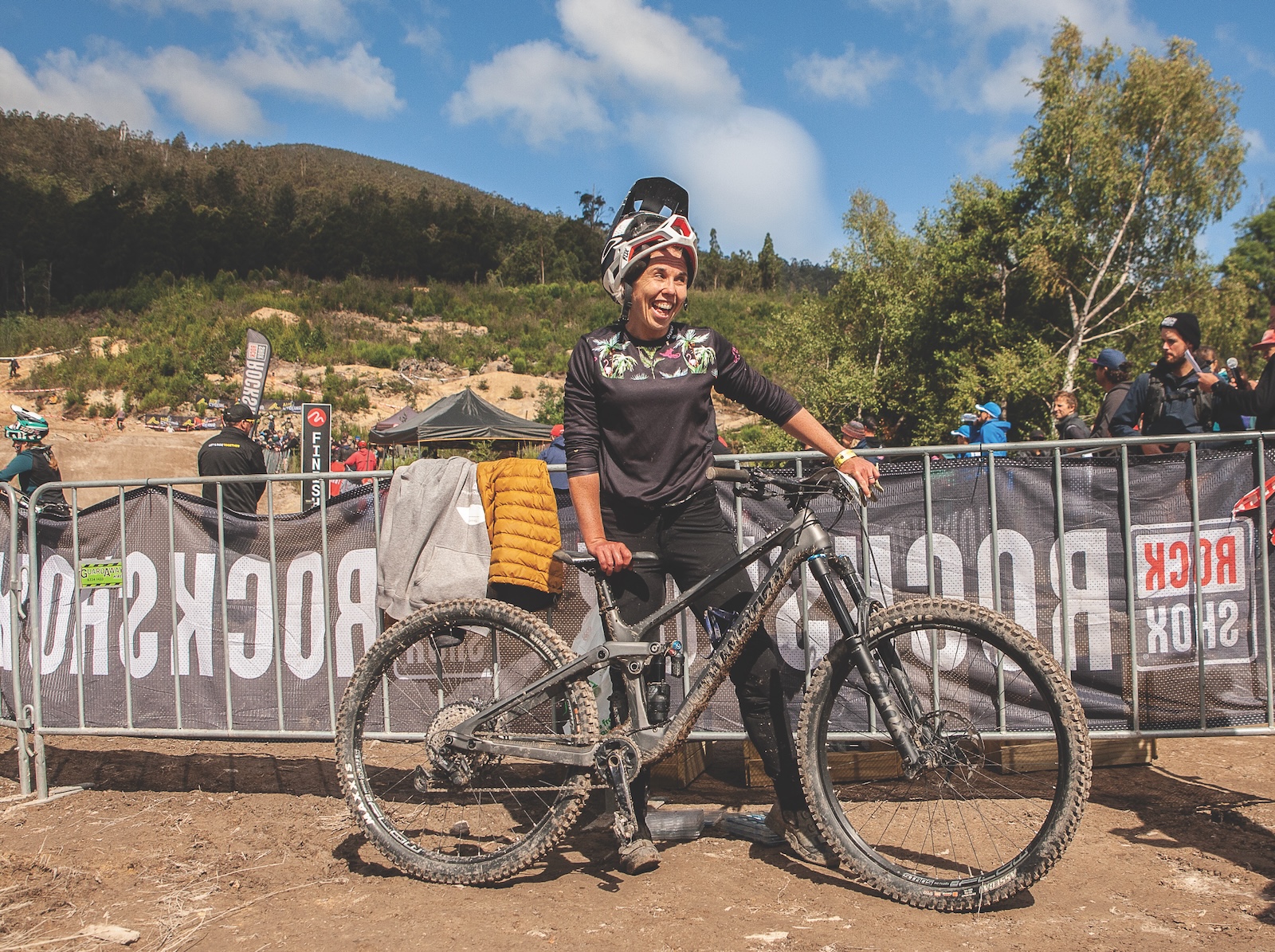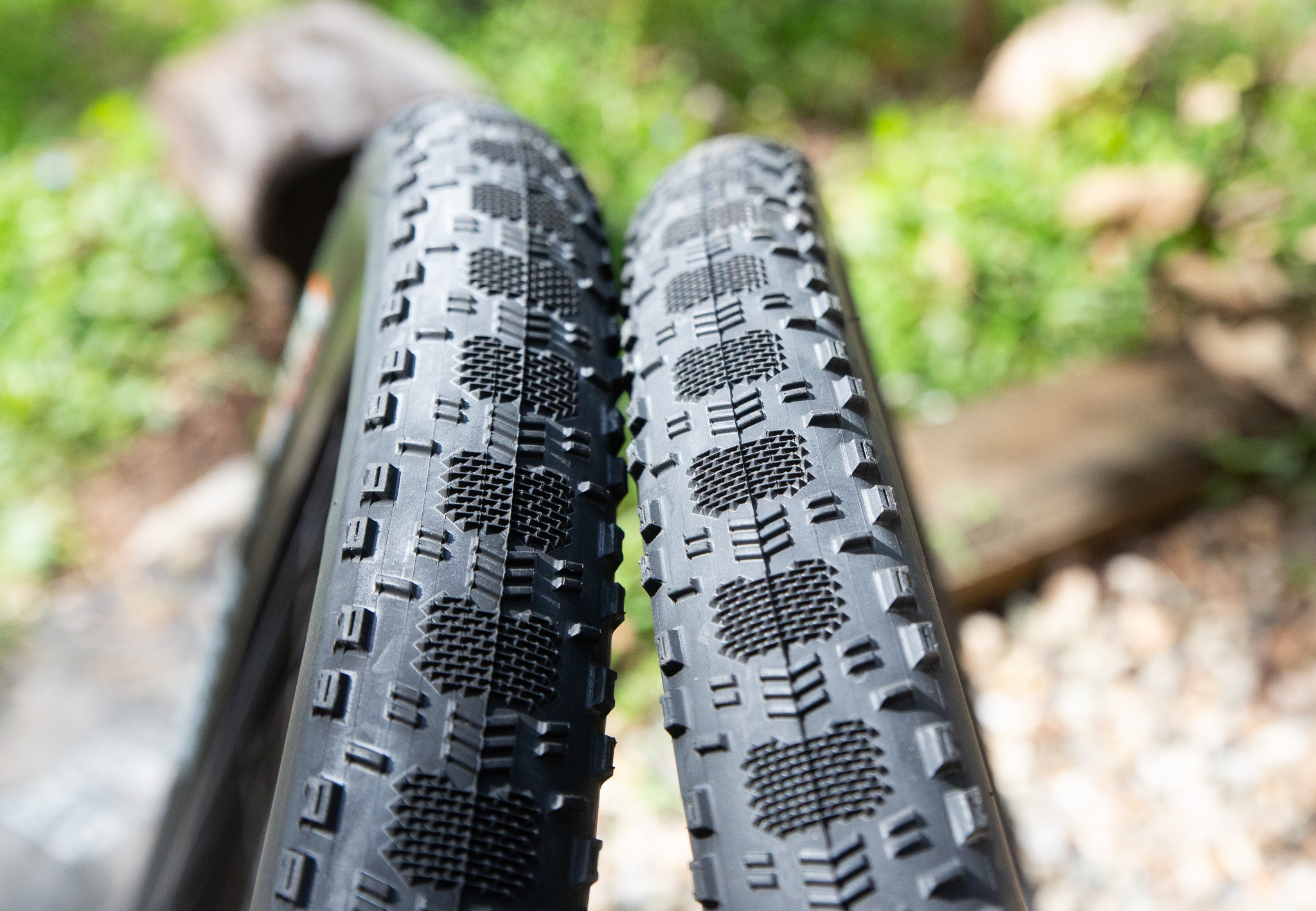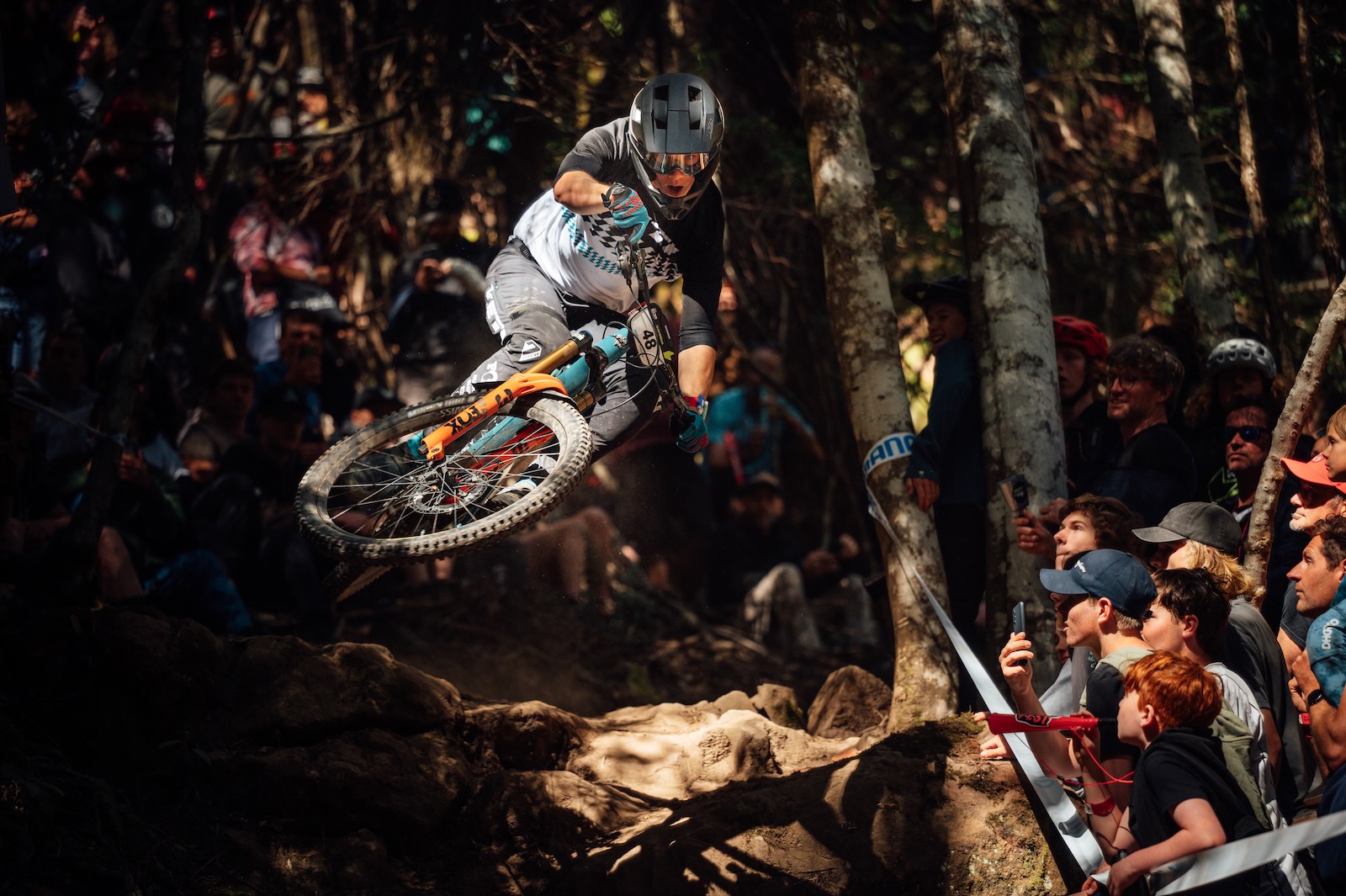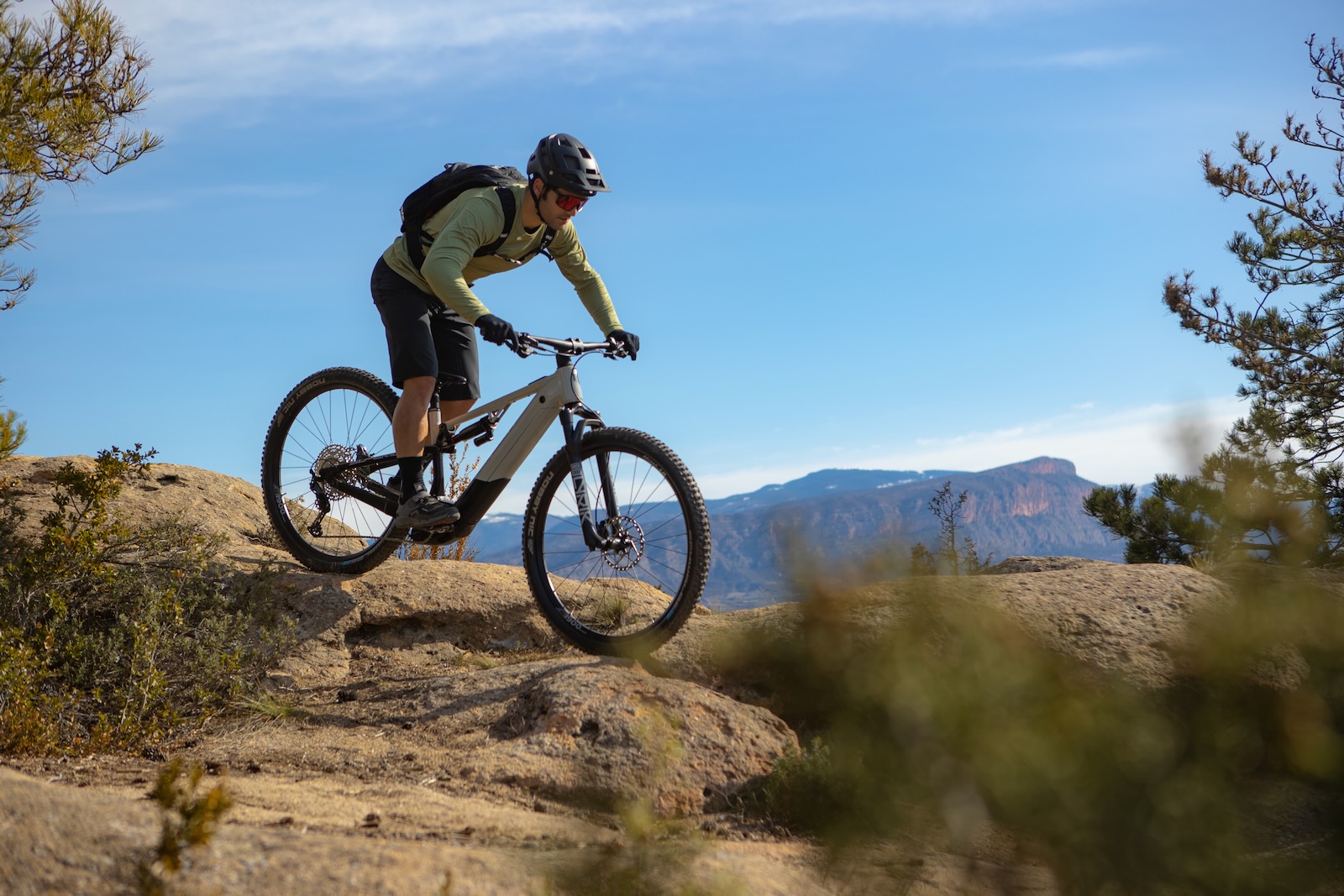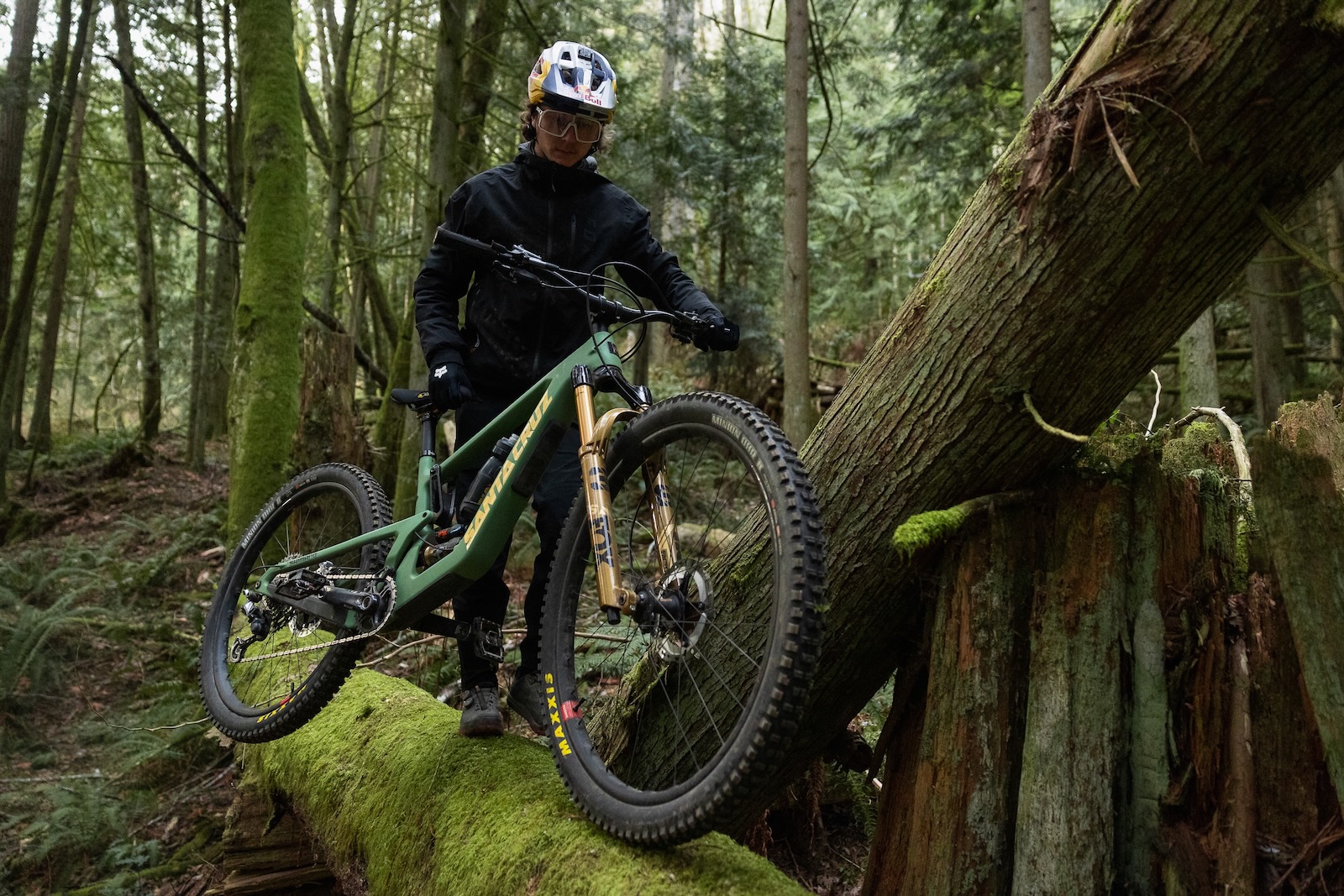FIRST LOOK: the all-new Canyon Lux full-suspension bike
You might have seen it at the Cape Epic or in the World Cup, but Canyon have finally released the details of their all-new Lux cross-country full-suspension mountain bike.
Canyon have leading bikes in just about every category. From the Sender being piloted by downhill legends Kye A'Hern and national champ Troy Brosnan, through to the highly regarded Canyon Spectral trail bike and of course their XC weapon – the Exceed hardtail. We have thrown a leg over a number of Canyon bikes here at AMB, and the bikes from the direct to consumer German brand have always impressed.
With Canyon releasing new trail and downhill bikes (and gravel and cyclocross models as well) their full-suspension XC bike was starting to look like it needed an update. The Exceed hardtail was launched for the 2016 model year with a shift to modern XC geometry and a big drop in weight compared to their previous hardtail.
And that is exactly what the new Canyon Lux has done compared to the first Lux.
Canyon riders have been seen aboard the new Lux at too many occasions to count. From (winning stages at) the Cape Epic, XCO World Cups, many European and South African marathons… the fact that there was a new cross-country full-suspension bike was certainly not a secret. It was just the full details that were.
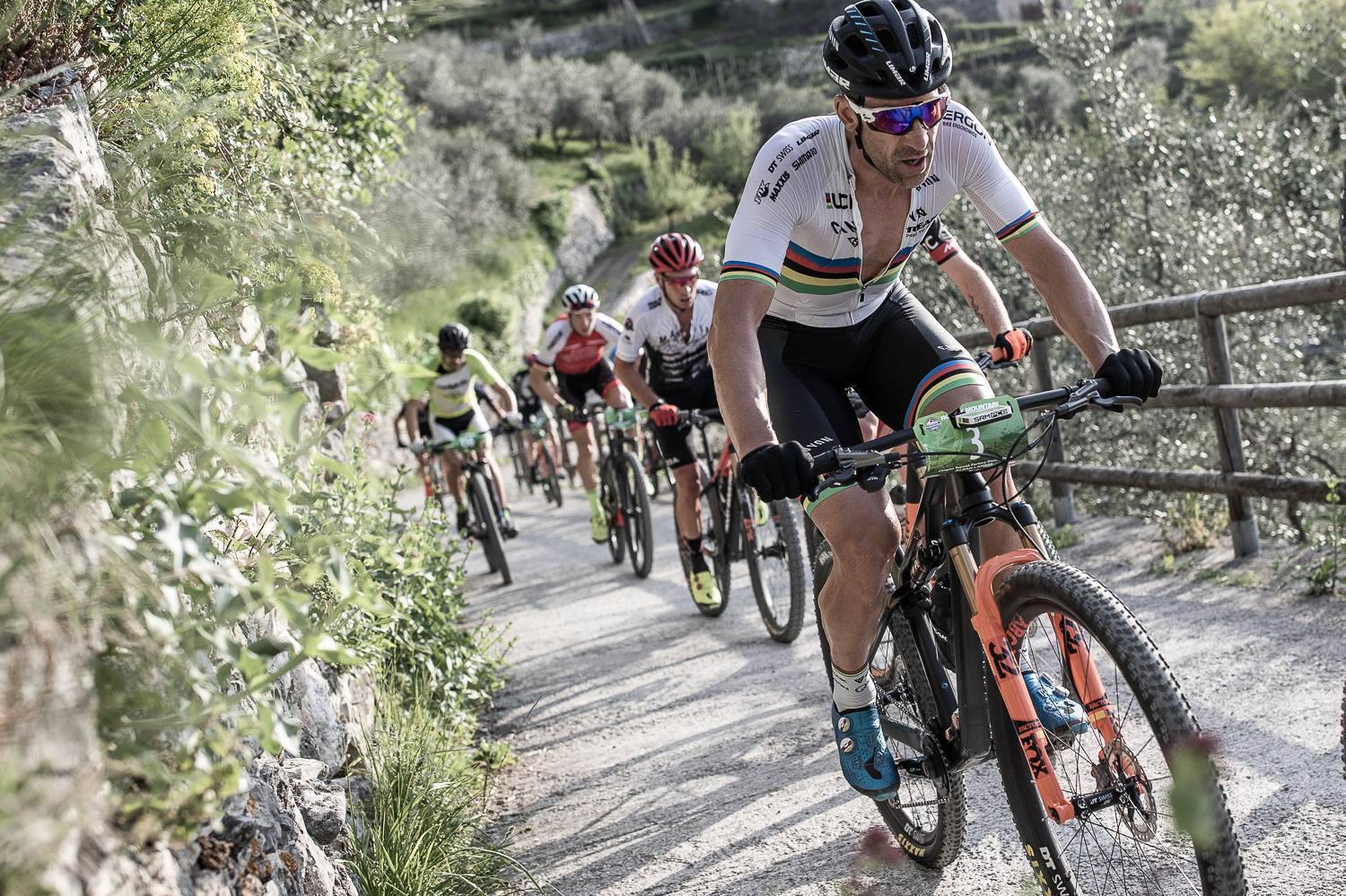
New geometry for the Canyon Lux
So what's new, exactly? Let's start with the geometry.
Canyon wanted to make sure that riders swapping between the Lux and the Exceed hardtail could do so relatively easily, so much of the Canyon Lux geometry matches that of the Exceed. The reach has grown about 20mm compared to the previous Canyon Lux, and the head angle sits at 70 degrees when paired with a 100mm fork, which is the same as the previous Canyon Lux.
The chainstays have shrunk from 450mm down to 435mm, thanks in part to a move to Boost spacing. The original Canyon Lux already used a flexstay (so there was no pivot near the dropout) and the new Canyon Lux does the same. The headtube length has changed a little, mostly to be a little lower in the small size and a little higher in XL, to suit the height of the riders getting onto those bikes.
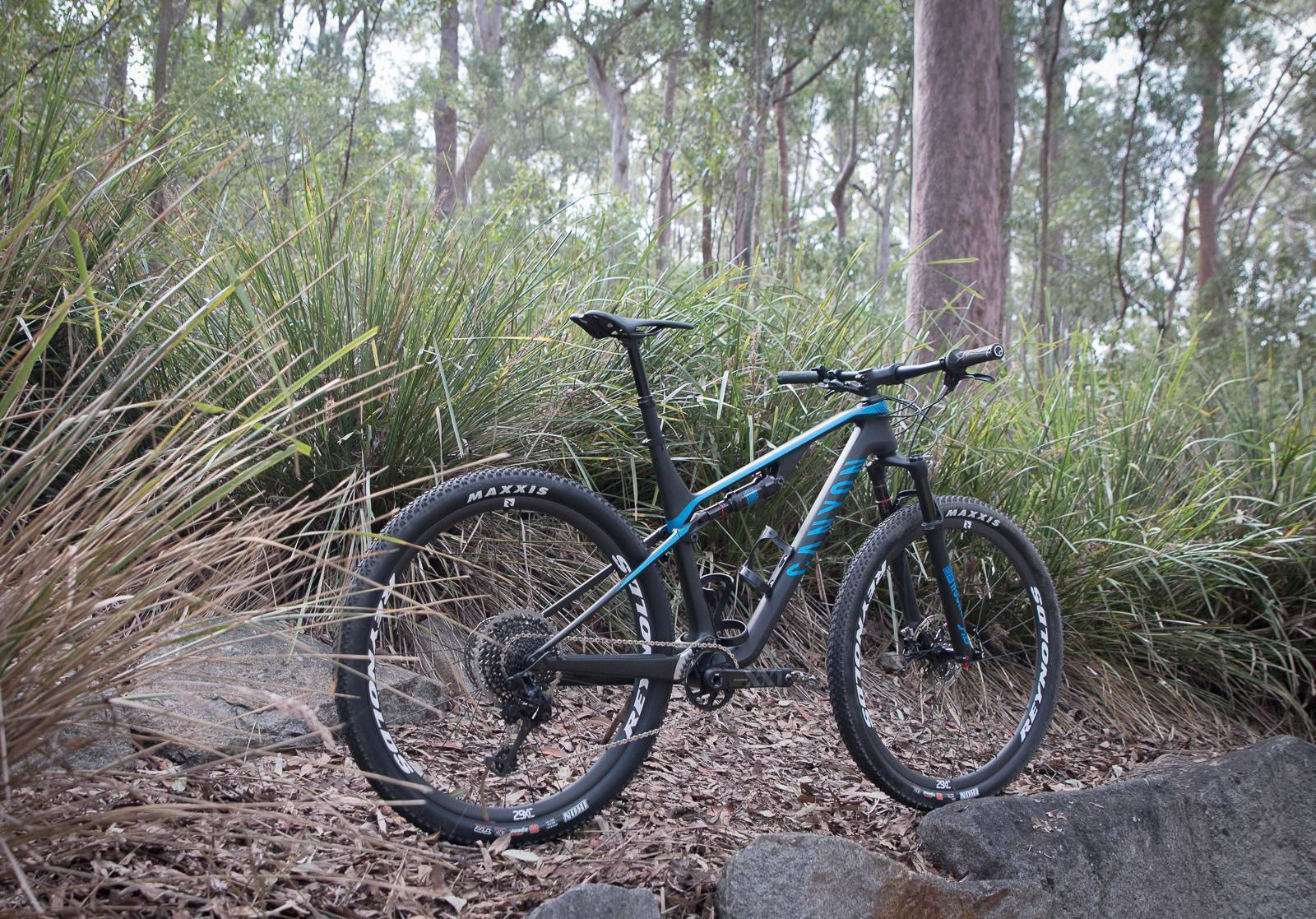
As with most Canyon frames, there is the SL carbon version, and the top tier SLX carbon. The SLX frame uses a higher grade carbon making for a lighter bike. Canyon aimed for a sub 2000g weight for the SLX frame with a shock, and with a medium frame weight of 1662g for a SLX frame and 1852g for an SL frame (without rear shocks) they nailed it!
But the whole bikes differ a little when it comes to spec, with the SL models coming equipped with 110mm travel forks, which drop the head angle to 69.5 degrees and reducing the seat angle from 74.5 degrees to 74 degrees, shortening the reach a little, lifting the BB a tiny bit and obviously changing the stack and wheelbase a bit. Mostly it all adds up to do what tyou'd expect – the Canyon Lux SL whole bikes will be a little steadier handling than the SLX, while the SLX will be a bit more about all out race performance.
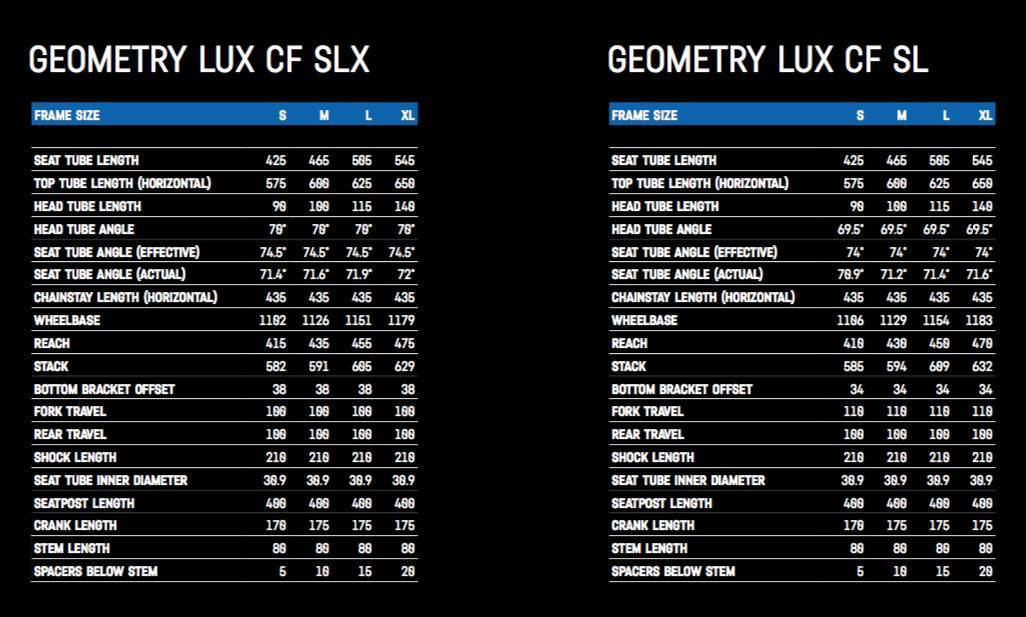
Bear in mind the only change is fork travel, there are no changes to the frame. So the SL models are specced with forks limke a RockShox Reba or Fox 34 Step Cast, but if you wanted to buy an SLX and fit a 110mm fork, you could.

A closer look at the details of the Canyon Lux
A lot has changed with the frame beyond some geometry tweaks. Canyon have improved the internal routing, so that the ports run right to an internal tube. No rattling, and no looking for ports on exit. The dual entry ports both can house two hoses very neatly.
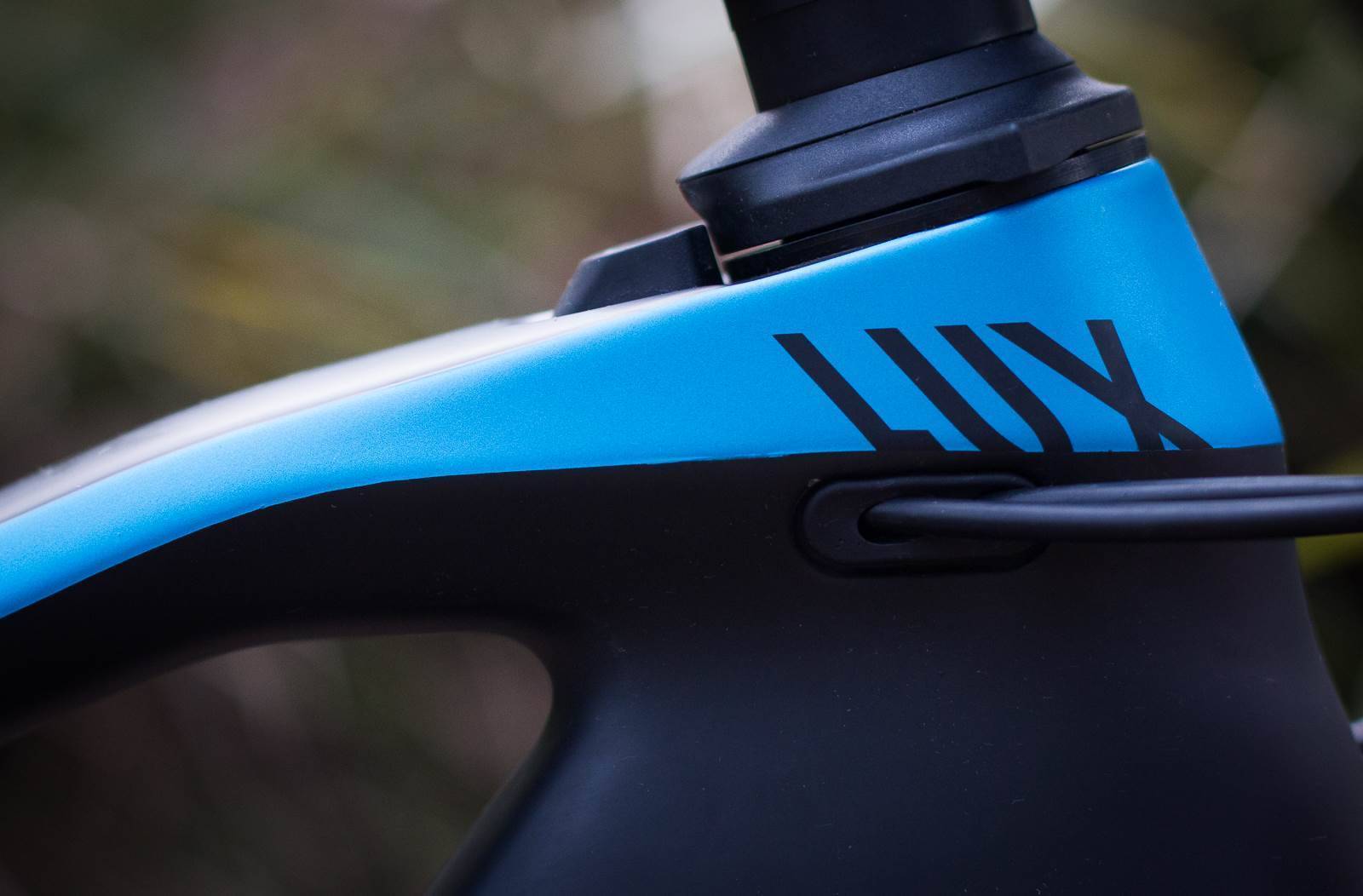
The rear shock has moved from a vertical position to under the top tube – and that's just a small part of the change. This means you can fit two 800mL bottles inside the main triangle, a real benefit for anyone tackling marathon races or stage races.
But the change has also changed the kinematics of the suspension, and radically shrunk the size of the linkage and the amount of hardware needed. Basically there are less moving parts, and the moving parts move less. That means there is less weight, and lower requirements for maintenance.
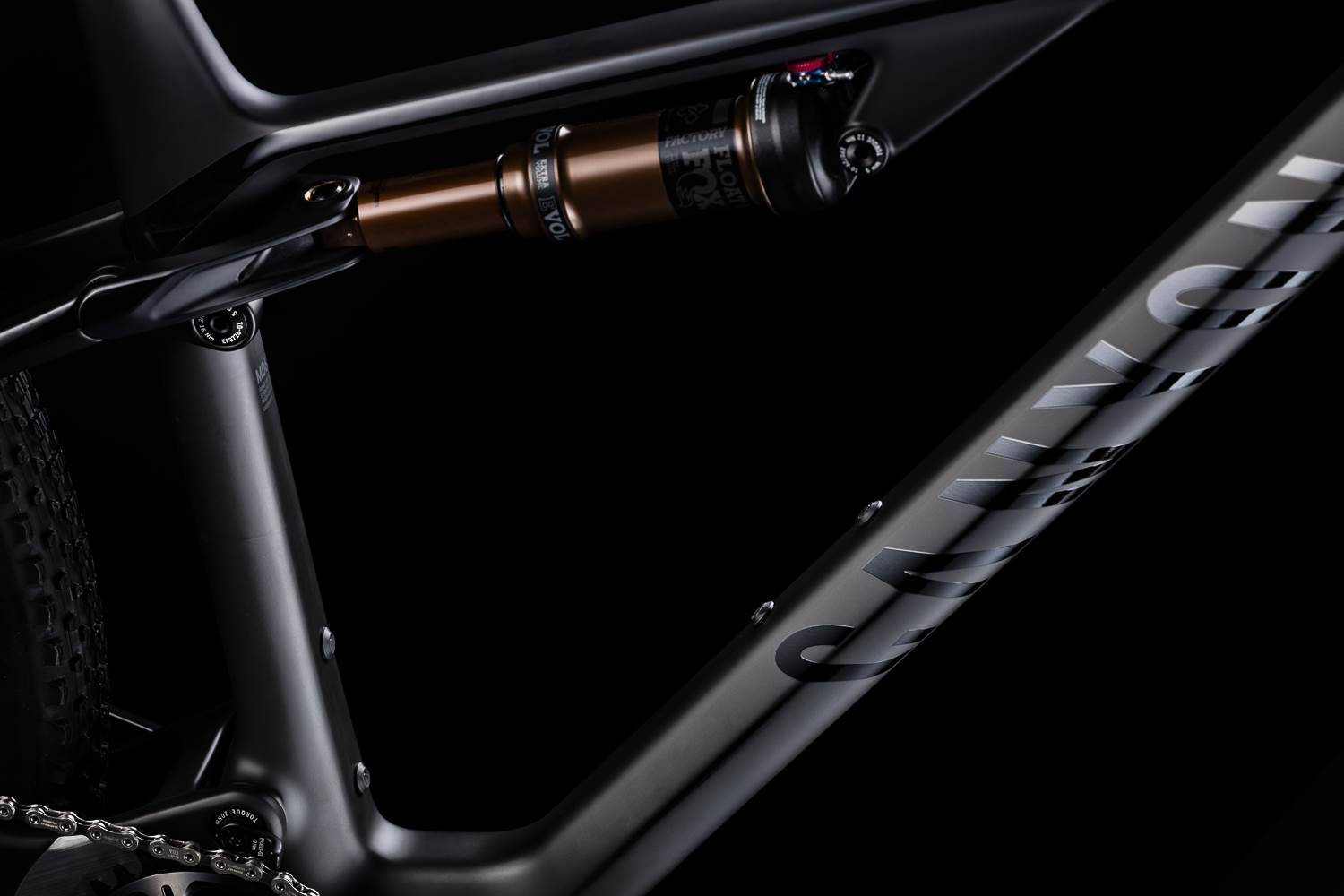
The shock is a metric 210×55 unit, and runs with a low leverage ratio. Canyon have actually brought across their 'Triple Phase Suspension' concept that they first used on the Sender downhill bike. The idea is that the first third of the stroke is sensitive for small bump compliance, the mid stroke is supportive so you don't wallow in mush under hard efforts, and the last third is progressive, so you're not going to bottom out too easily or push through a lot of the travel when riding hard.
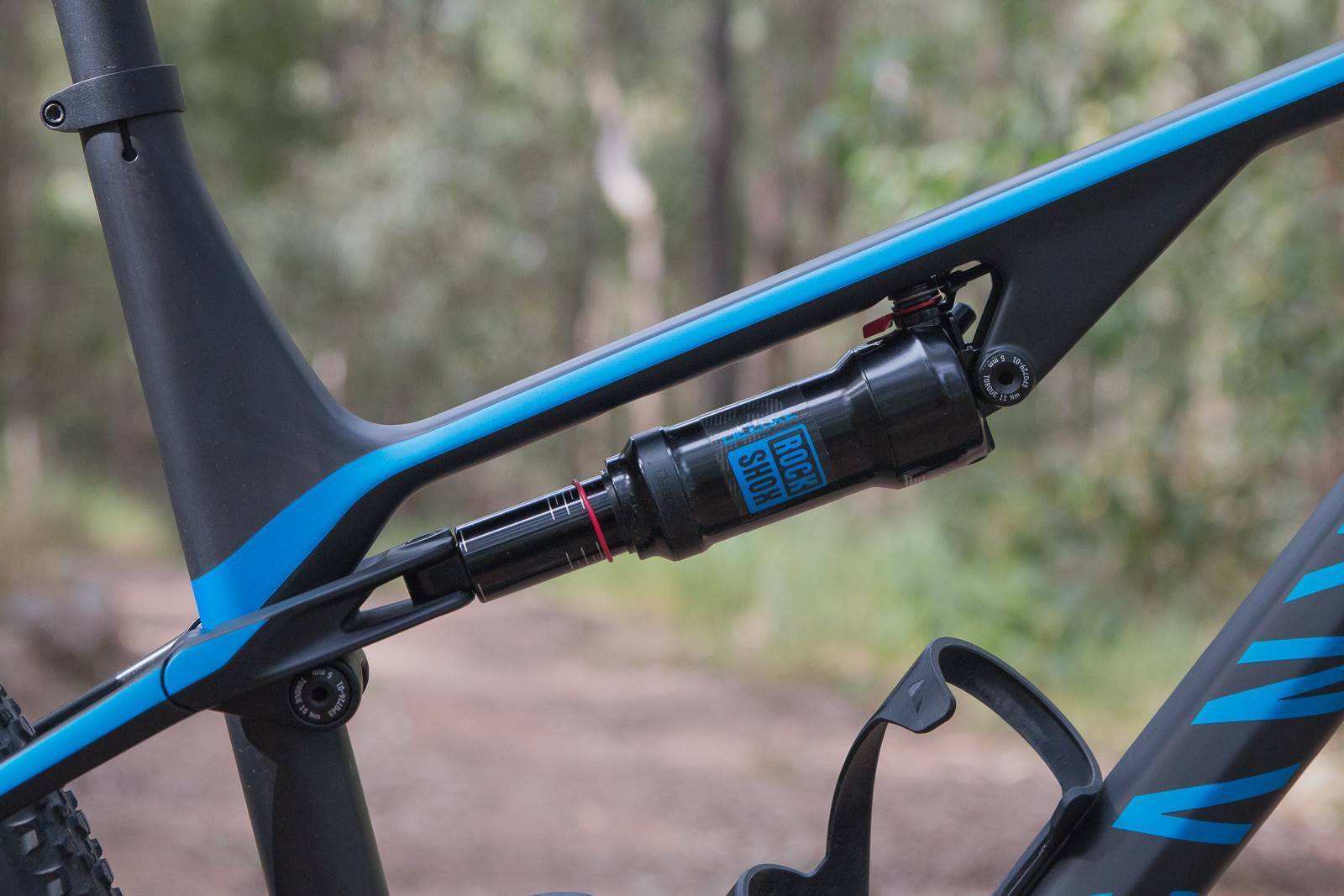
When you combine the lower operating pressures and the smaller range of movement of the linkage and parts, there is a lot less stress on the suspension and moving parts. This should really improve reliability – especially when tackling demanding events like the Cape Epic.
The new linkage cuts about 150g from the Canyon Lux frame, which is a considerable amount of weight to cut just by optimising the design. Canyon engineers also looked to optimise the design by removing other metal parts, saving more weight again. The Canyon Lux is only available in carbon, and Conyon have optimised the design to make the frames as strong, light and stiff as possible. But with their handlebar impact protection, a tiny chainguide and chainstay protector, they are still building a bike that isn't meant to be thrown away after one year – the Canyon Lux is built to last.

The Canyon Lux is single chainring specific. Given the range available from SRAM Eagle 12-speed, Shimano's new XTR M9100 and a Shimano XT 11-46 cassette – we think this is fine. It has allowed Canyon to design a swing arm that is single chainring specific, creating a wider bearing stance and stiff chainstay. It also meant Canyon engineers could optimise the suspension for 34-38t chainrings, and they designed the suspension around more antisquat for excellent pedalling efficiency.
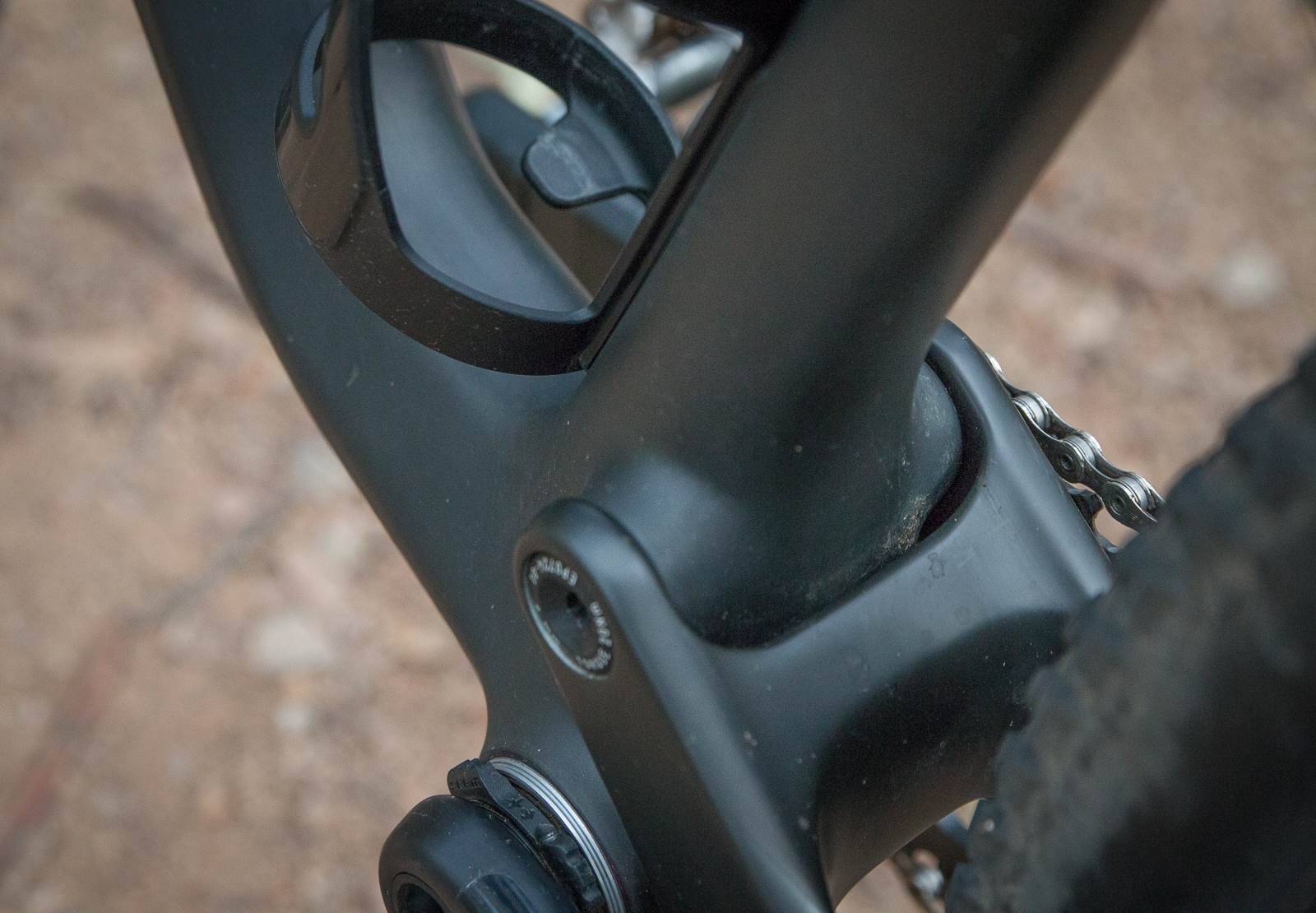
The bikes are all coming specced with 80mm stems and wide bars, and some of the models have dropper posts as stock. This is big news for pure XC bikes as while many are dropper compatible, few come with a dropper as stock.

The back end uses a flat mount brake mount – saving on hardware and making adjustment easier. Canyon also have their own quick release axle that is light, compact and easy to use (it's shown with the handle out – it tucks away.)
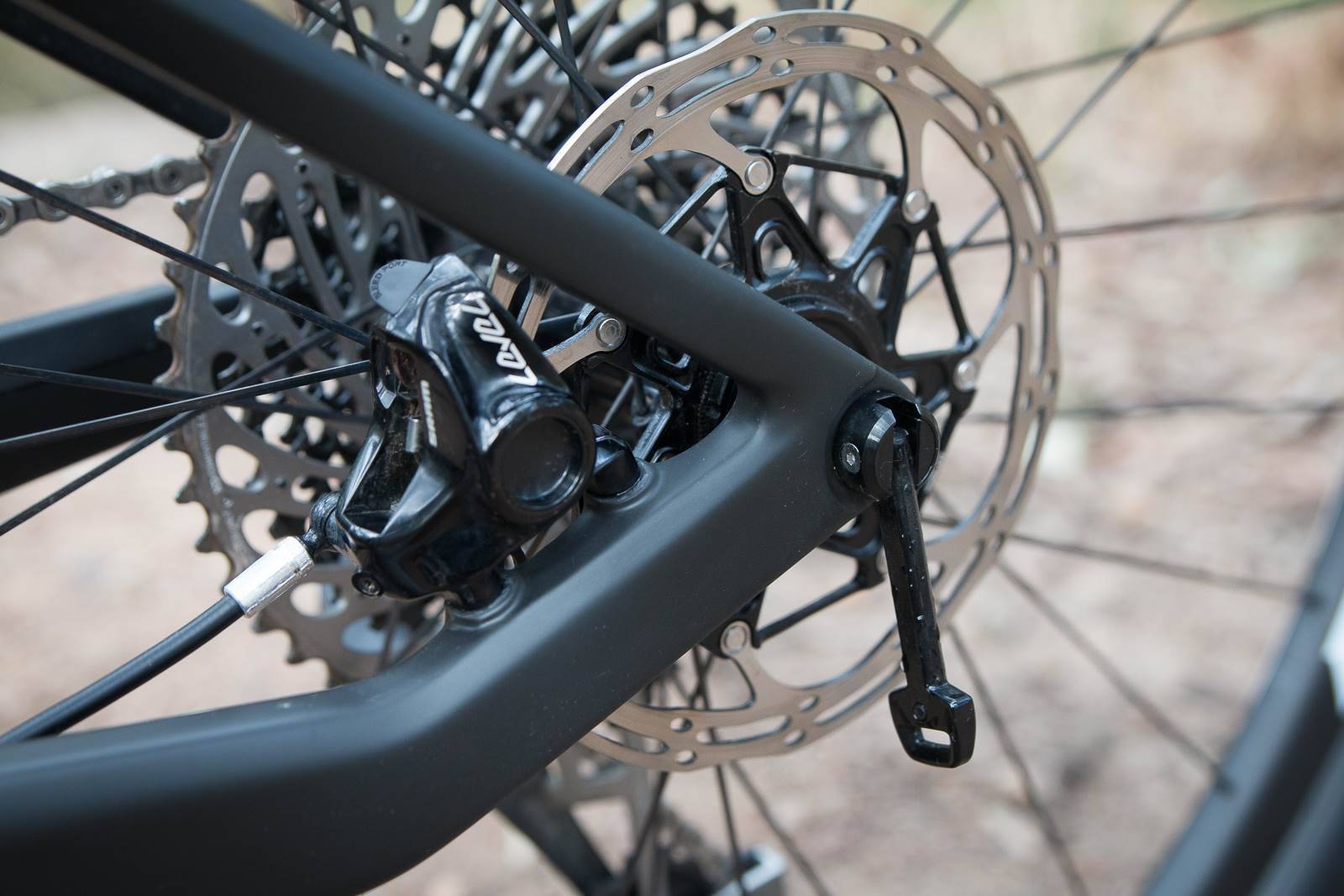
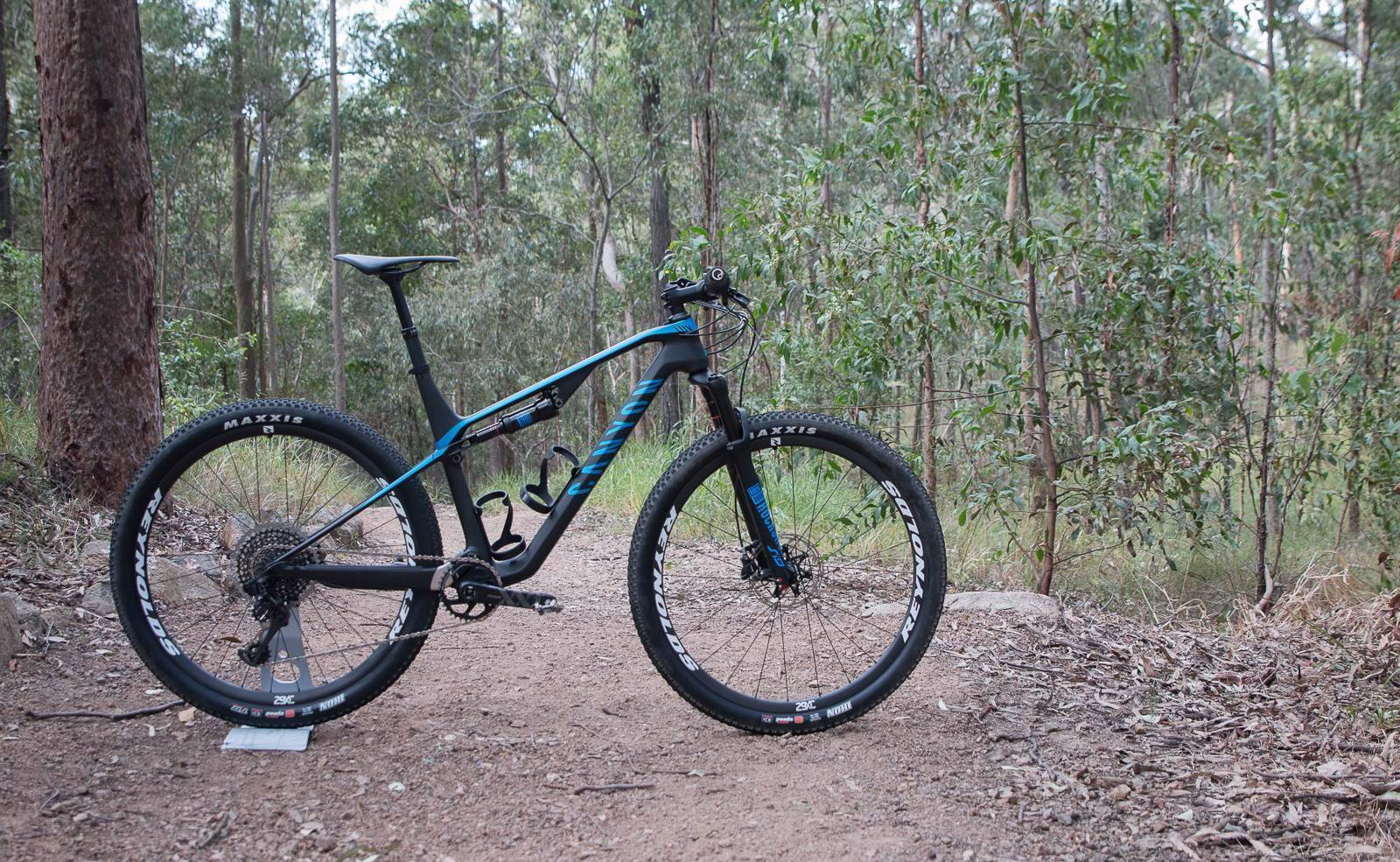
Riding the Canyon Lux CF SLX Pro Race
I was lucky enough to get a test bike just before the weekend, and I've been able to get a few good rides in on the Canyon Lux CF SLX Pro Race. This is the second top model, with only the Race Team model sitting above it. As such this is the 100mm/100mm option. Like any Canyon, it arrived on my doorstep neatly packed into a bike box.
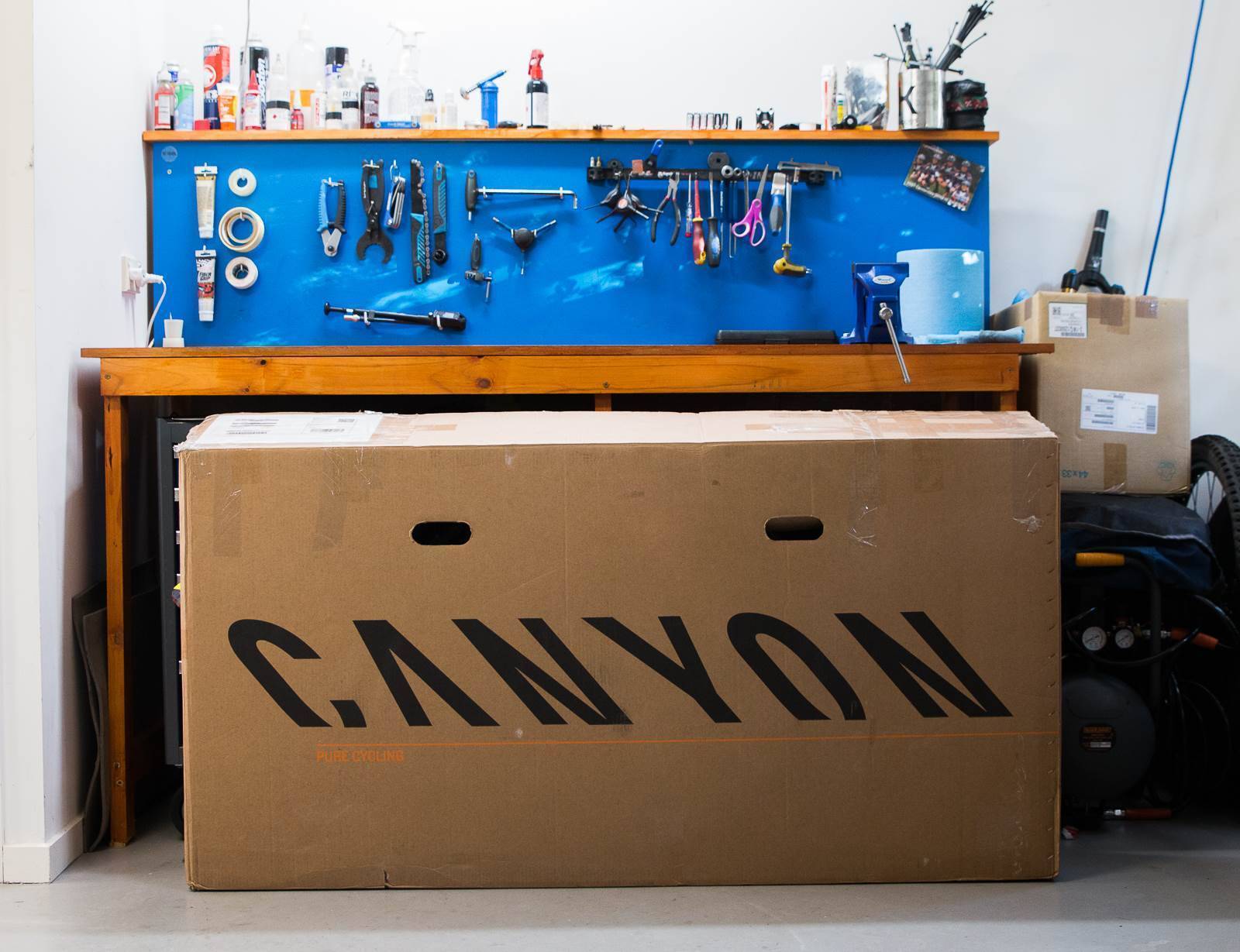
The Canyon Lux CF SLX Pro Race is pretty much ready to race out of the box. Sure, racing isn't everything but for a bike like the Canyon Lux, you don't really buy one if you don't expect to be zip tieing a number to the bars.
This model has a SRAM XX1 Eagle 12-speed group set including gripshift, SRAM DUB cranks, SRAM Level Ultimate brakes, RockShox SID World Cup, RockShox Deluxe RLR shock and the stunning Reynolds Black Lable carbon wheels (with 24mm internal width, as width counts).
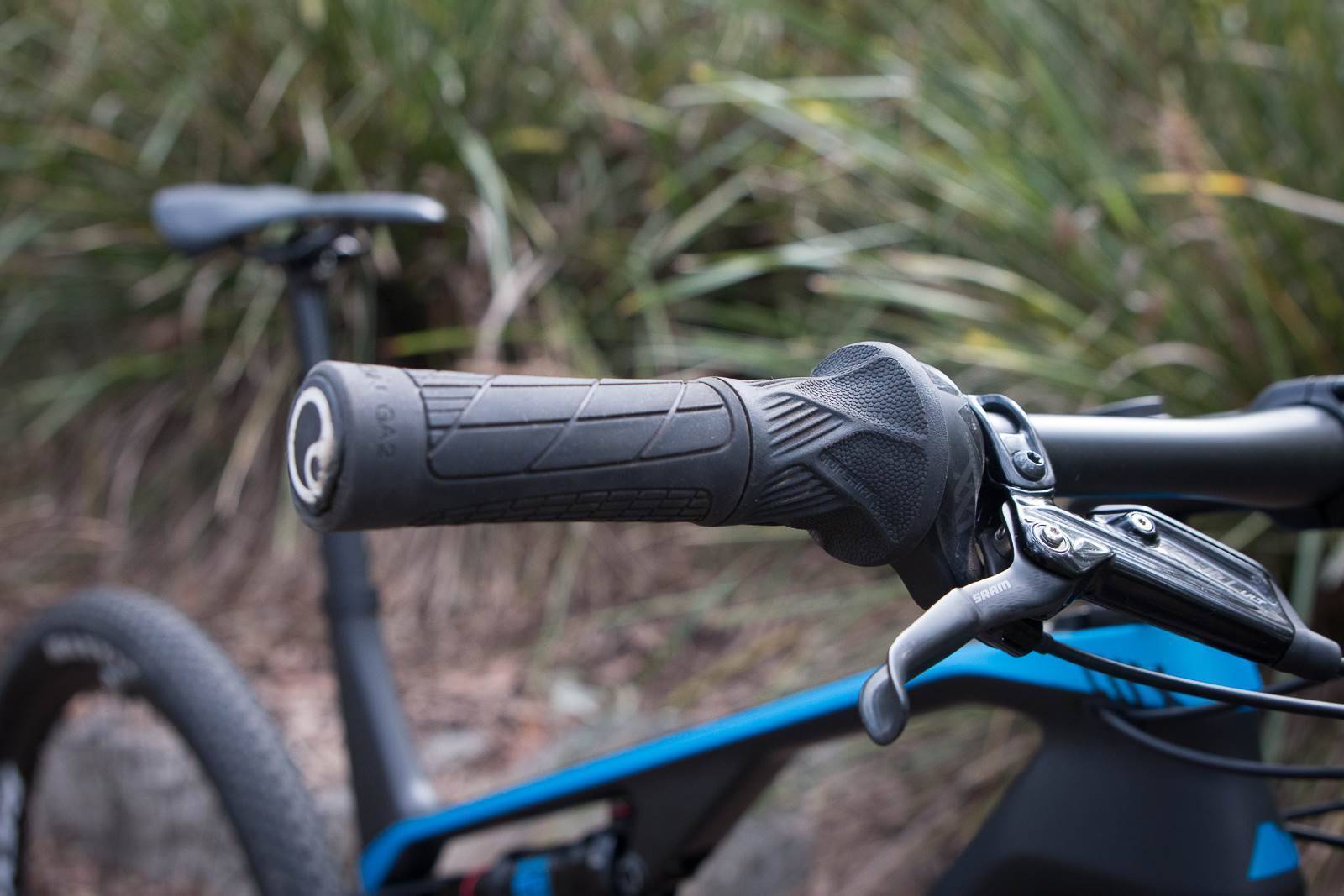
As a bike destined for racing, there is nothing I can fauly with the spec. With a remote dual lock out, high quality wheels, one of the best drivetrains and brake setups in the business, Maxxis Ikons, carbon bars and a 100mm dropper post – this thing is set to go in terms of spec. But you can hang that sort of spec on just about anything. The Canyon Lux is about more than that.
With a confirmed weight of 10.3kg witout pedals, but with two cages and Maxxis Ikon EXO tyres (the strong ones), this bike ticks the boxes.

Setup of the Canyon Lux
Canyon state that the shock only needs about 20-25% sag, and I settled at 105psi in the back on the Canyon Lux. No, I'm not a 45kg rider, but as the shock operates with low pressures that's all I needed to run. On my own bike I have to run abvout 135-140psi depending on breakfast. This is a significant reduction in internal pressure.
I opted for a large – when I tested the canyon Exceed I rode a medium and it often just felt a little short and low, like any medium bike I test. Large tends to be spot on although I would have preferred a 70mm stem – unfortunately that's not a swap-at-the-shop fix with Canyon.
The bike was ready to ride otherwise, with shifting crisp, the dropper dialled and sealant in the tyres.
First impressions on the trail
Firstly – I noticed how smooth it was. Yeah, it's a full-suspension bike so it should be. But the rear suspension just operated with so little effort to start moving. This makes you think it must bob around on pedalling – but no. Climbing with my knees out looking at the rear shock there was close to zero movement under smooth climbing. Of course, the very neat dual lock out was there if I wanted it. But part of the benefit of a full-suspension XC bike is climbing traction – if you have to lock your bike out on climbs you've bought the wrong bike.
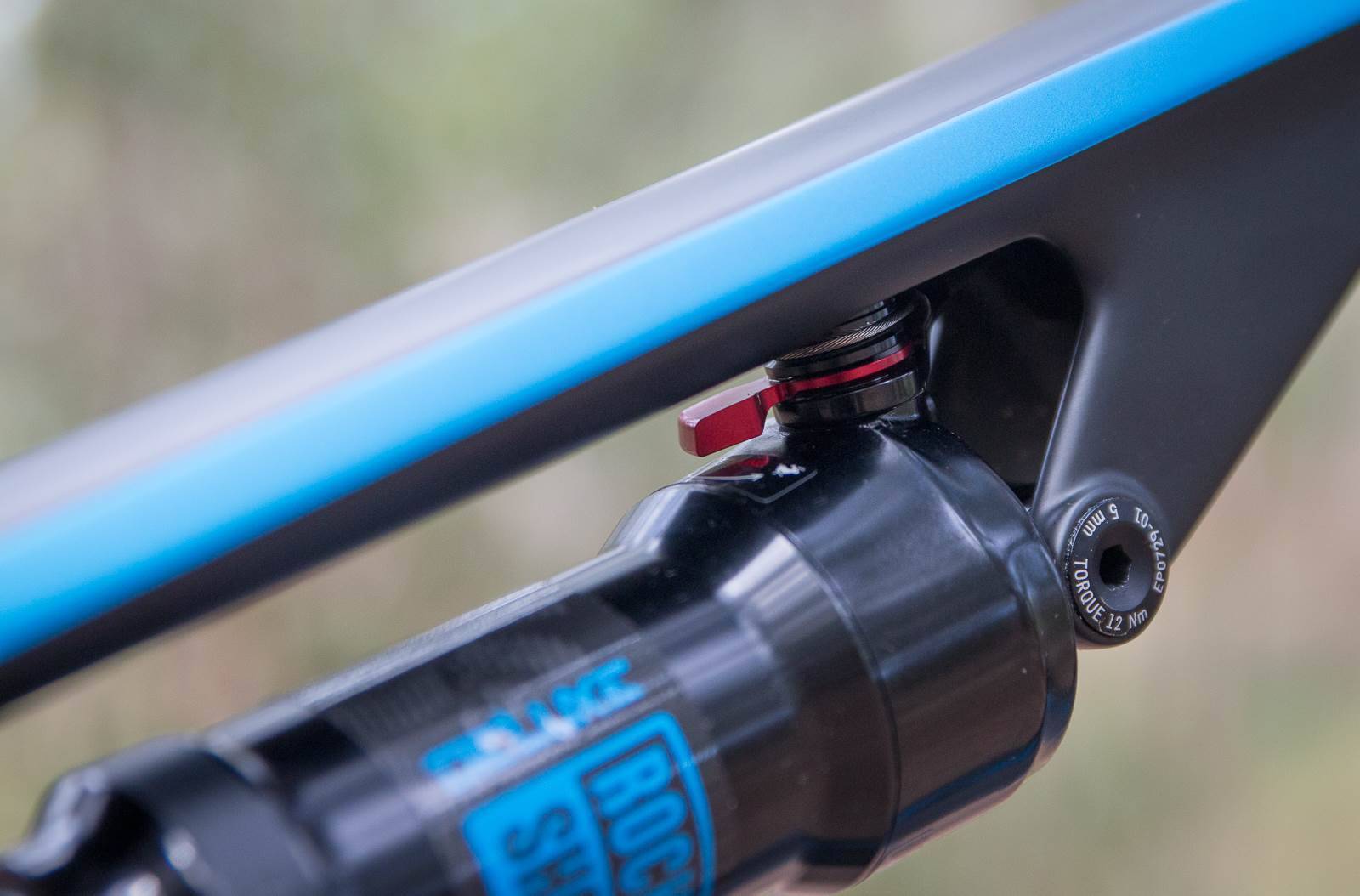
I ran the bars a little higher than I might on my own bike, to offset for the slightly longer reach. With 720mm bars the cockpit felt good. Some will want wider bars, but I would be wary of viewing this bike for something that it is not. Yes, wide bars are cool. But how wide do you need? If you want to ride tight singletrack and navigate race starts then 720mm is about right. If you want to smash berms on 6 foot wide flow trails then 760-780mm is probably where you should look. But you'd be better served on a Canyon Strive – not this bike.
The dropper post is an excellent inclusion, and the 100mm drop is spot on. I've used a KS Lev Ci on my own XC bike for over two years, and have no interest in removing it except to maybe put a longer drop post on. The Lev Si on the Canyon Lux has the same operation, but foregoes things like Ti bolts and a carbon mast. In my mind, a dropper post on an XC bike is a bit about getting back, but mostly about staying centred on the bike. Your front wheel needs weight for traction and you're more likely to find the right balance point on shallow descents and steep descents with more freedom to move around. And a dropper on an XC bike really helps with that.
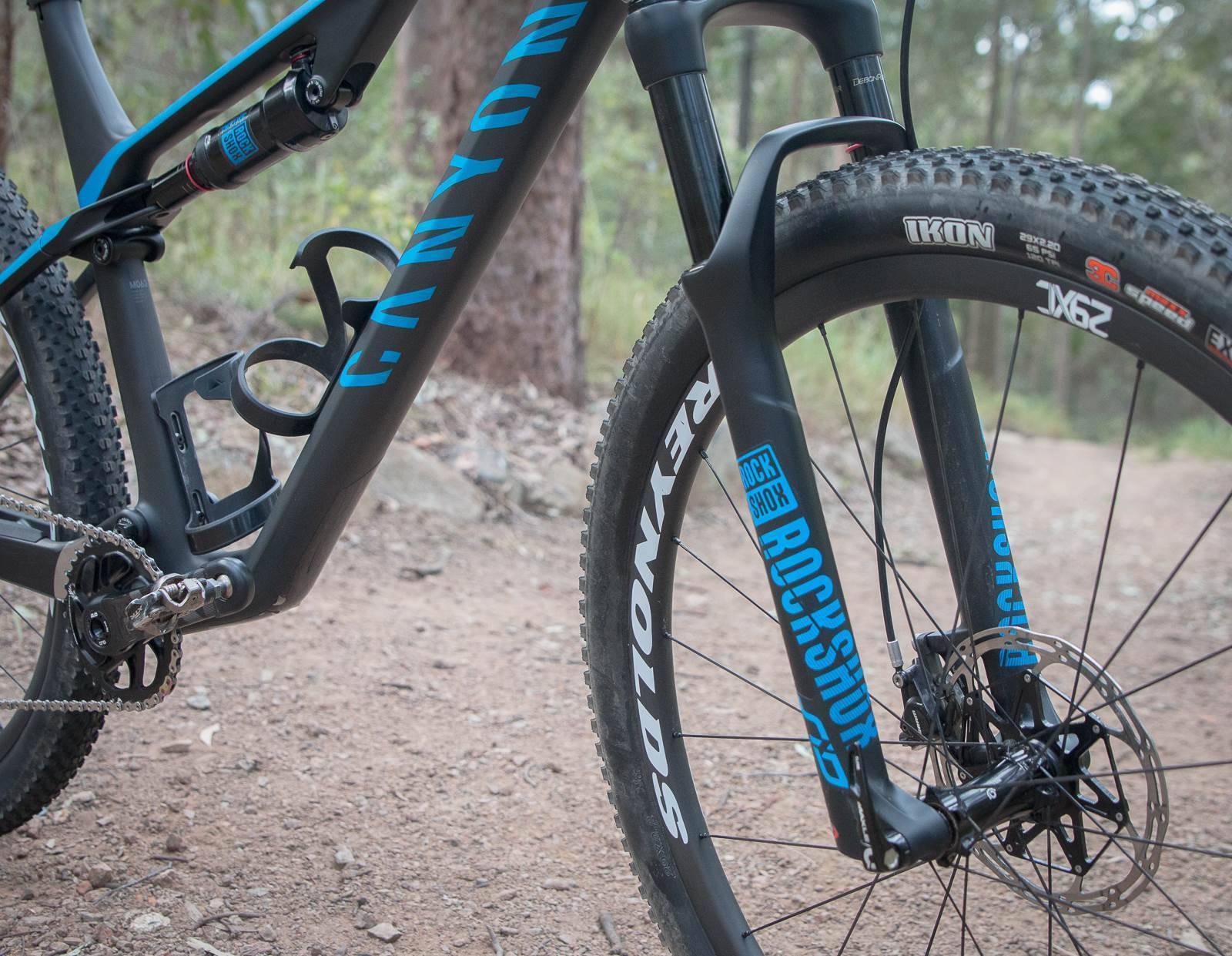
I did wonder about the 70 degree head angle. Lots of the 'new school' XC bikes are coming out with 68.5, 69, 69,5 degree head angles. Had Canyon come up short?
Maybe. This is a very tricky question and it really depends on the trails you ride, and where and how you race. Stability isn't linked to head angle alone, but a slack head angle doesn't create a better bike. Marrying the right head angle, reach, bottom bracket drop, offset, chainstay length, seat angle and suspension kinematics is what counts. A slacker head angle will put the front wheel further out, increasing the wheelbase and helping stability. It will also then make the bike slower to react, and the front wheel will wander on climbs and probably be a bit hard to get through switcbacks. So longer, slacker, lower – it's not always what you want. The right geometry is a mix.
Riding the SLX model with a 70 degree head angle, at no point did I think it was too steep. It's slacker than my current XC bike. With a longer reach much of the stability is there, while maintaining the agility you need to pop between corners and work terrain for speed. That said, I think the SL models with 110mm up front to dial back the head angle half a degree will make sense for the majority of riders looking for a new 100mm full-suspension bike. That position, handling and suspension will be a huge benefit for tackling longer and more arduous events like The Pioneer, Swiss Epic, Cape Epic or just about any of our singletrack heavy marathons here in Australia. And yes, I'm going to whack the Fox 34 SC forks on to this bike for the full review – just to see how it plays out. But the SLX models will be ideal for those who like to ride hard and fast, with no compromising for the results. If that's you, then the Canyon Lux is probably made for you.
So far the rear suspension has been the standout. As I said, all the parts work flawlessly, as you'd expect. But the rear suspension hasn't bottom hardhsly when riding my local trails hard and fast. It climbs supremely locked or unlocked, and feels very stiff when out of the saddle. I need to put more time on the bike and there will be a full review in Issue #170.
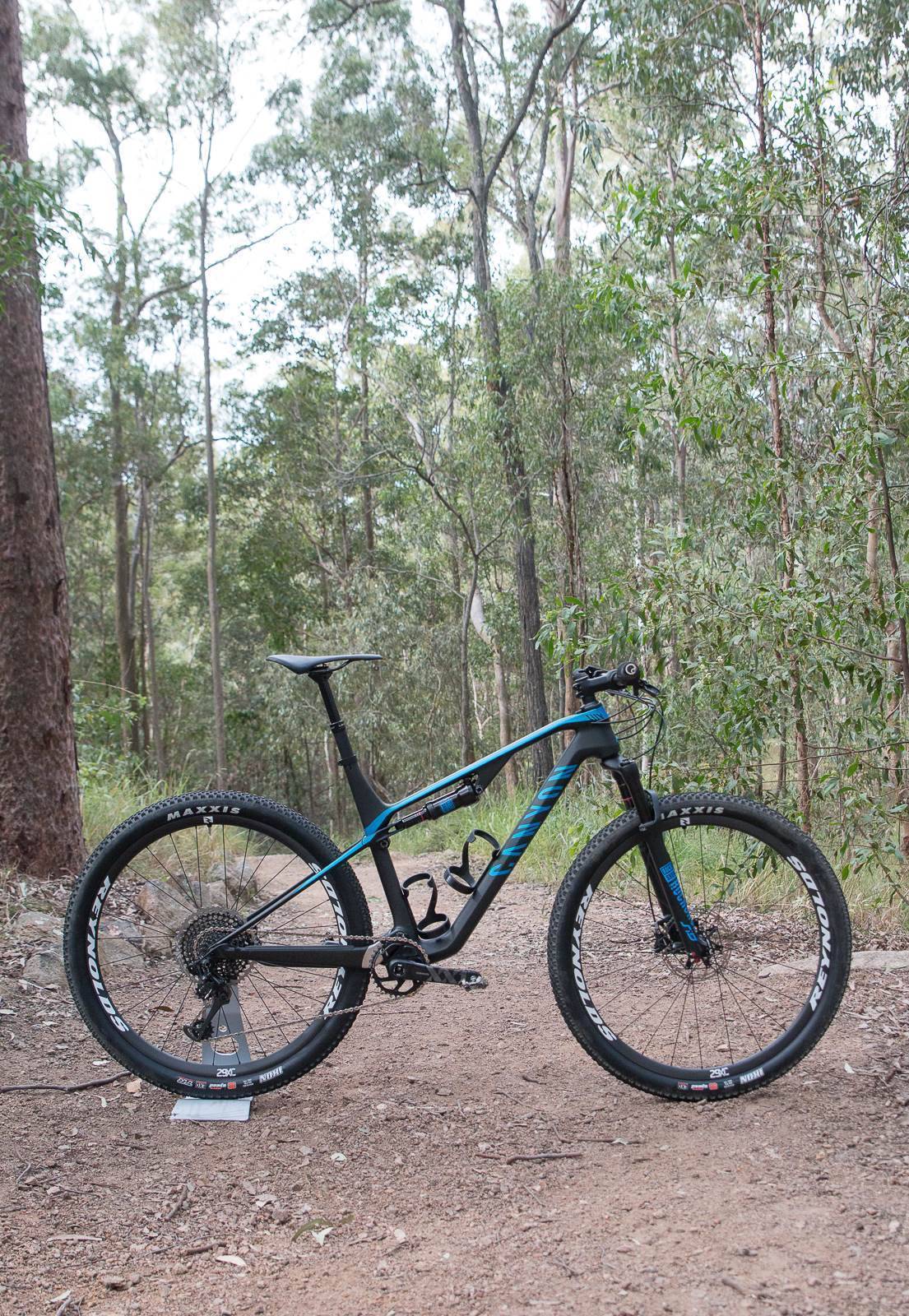
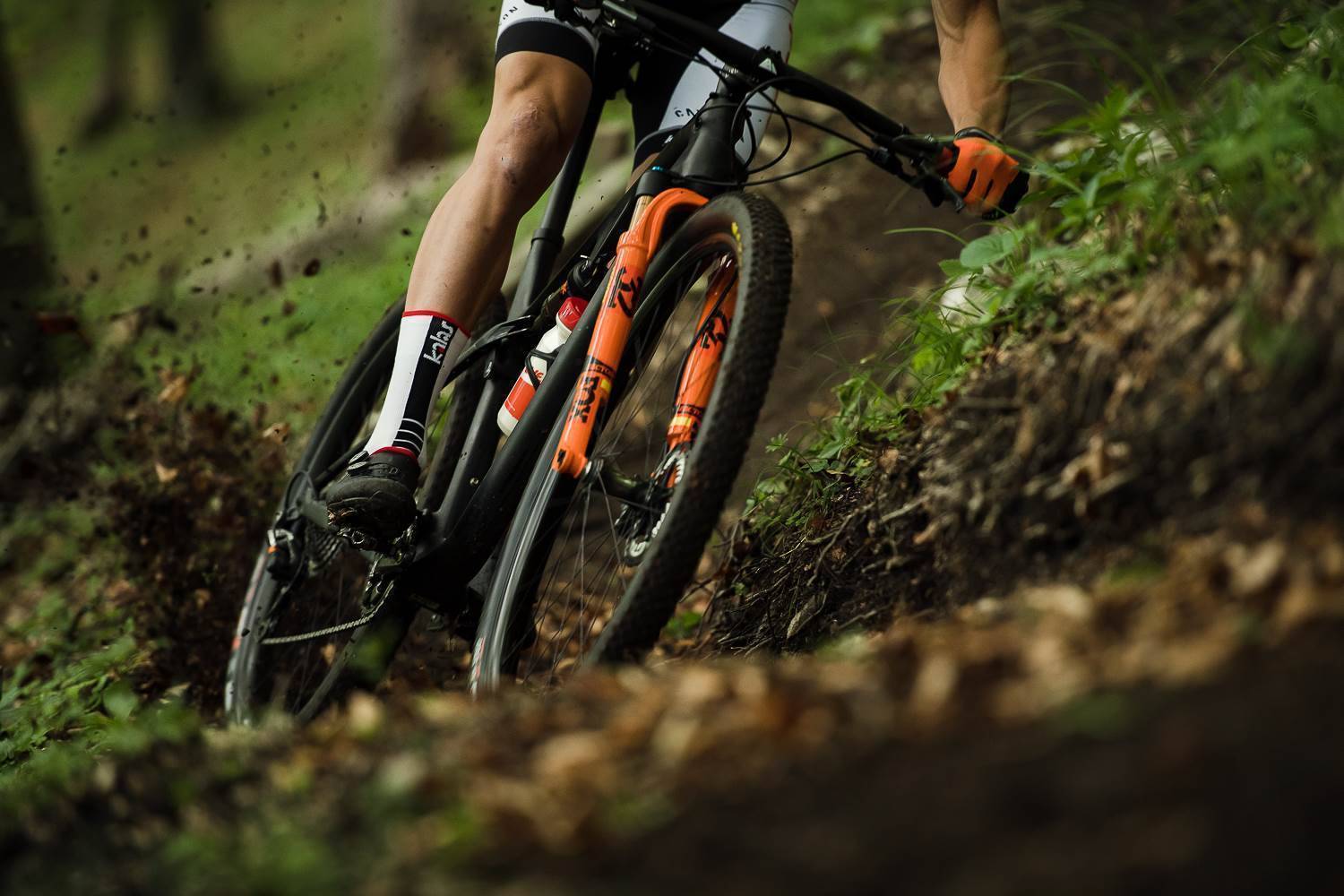
The Canyon Lux model range
There are six Canyon Lux models available, starting at $3699 for the Luc CF SL Pro Race, going to $8599 for the Lux SLC 9.0 Race Team. This is phenomenal value.
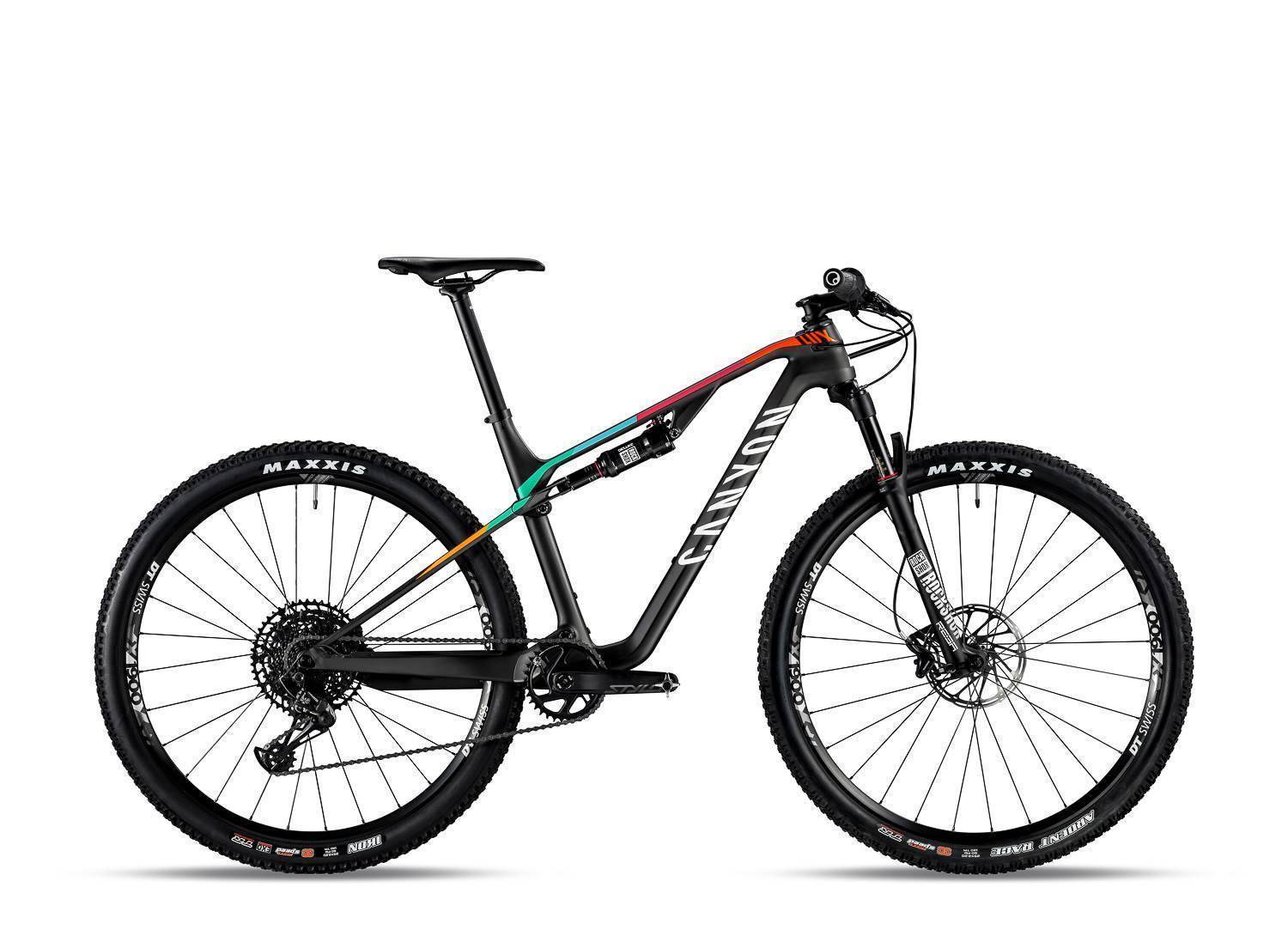
The Lux CF SL 6.0 Pro Race (above) has a SRAM NX Eagle 12-speed drivetrain, RockShox Reba (110mm) and Dt Swiss X1900 wheels with 25mm width. At well under under $4k for a bike with a claimed weight of 11.8kg this is stonkingly good value.
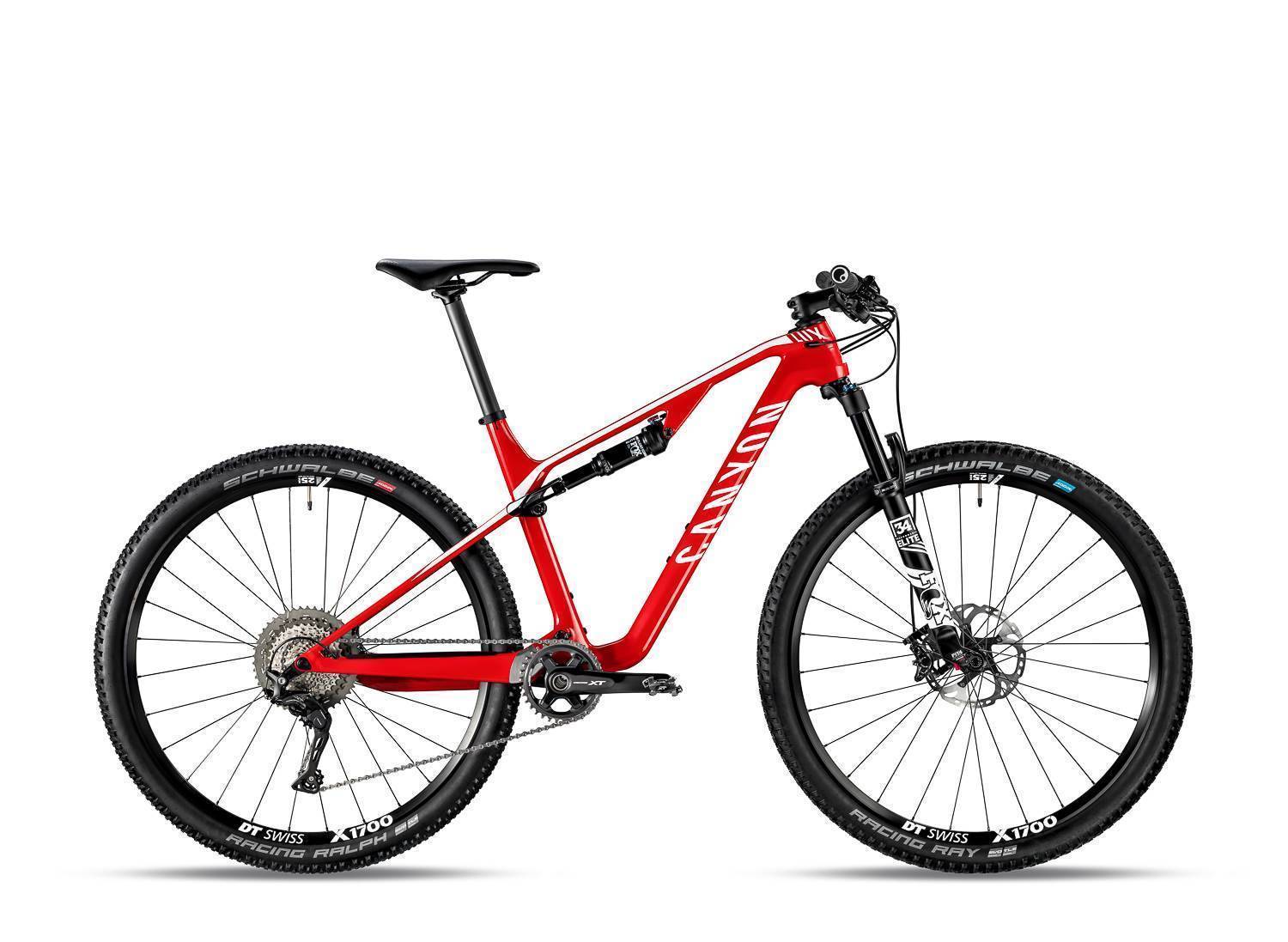
If you're a more of a Shimano person, then the CF SL 7.0 Race might be your number. A full Shimano XT 11-speed drivetrain is paired with a Fox 34 Performance Elite SC fork and DPS Evol shock, with 25mm wide DT Swiss X1700 wheels. These have the star ratchet system and with Fox suspension and Shimano XT this whole build looks bombproof.
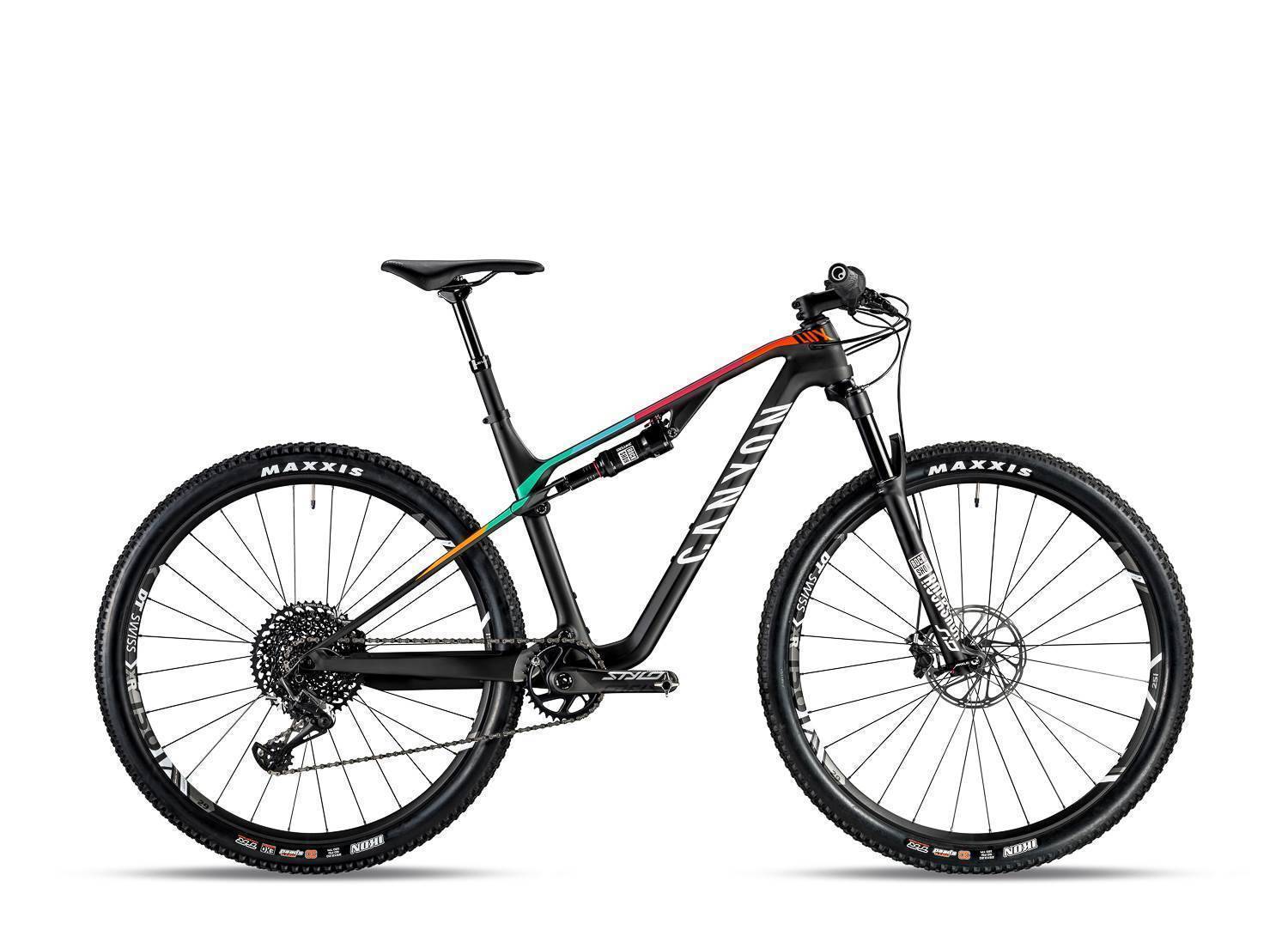
The Canyon Lux CF SL 8.0 Pro Race keeps the same SL frame but moves to a SRAM XO1 Eagle 12-speed group set, 25mm wide DT Swiss 1501 wheels, a RockShox SID (110mm) and Deluxe RLR rear shock and a KS dropper post. It's just over 11kg at claimed weight.
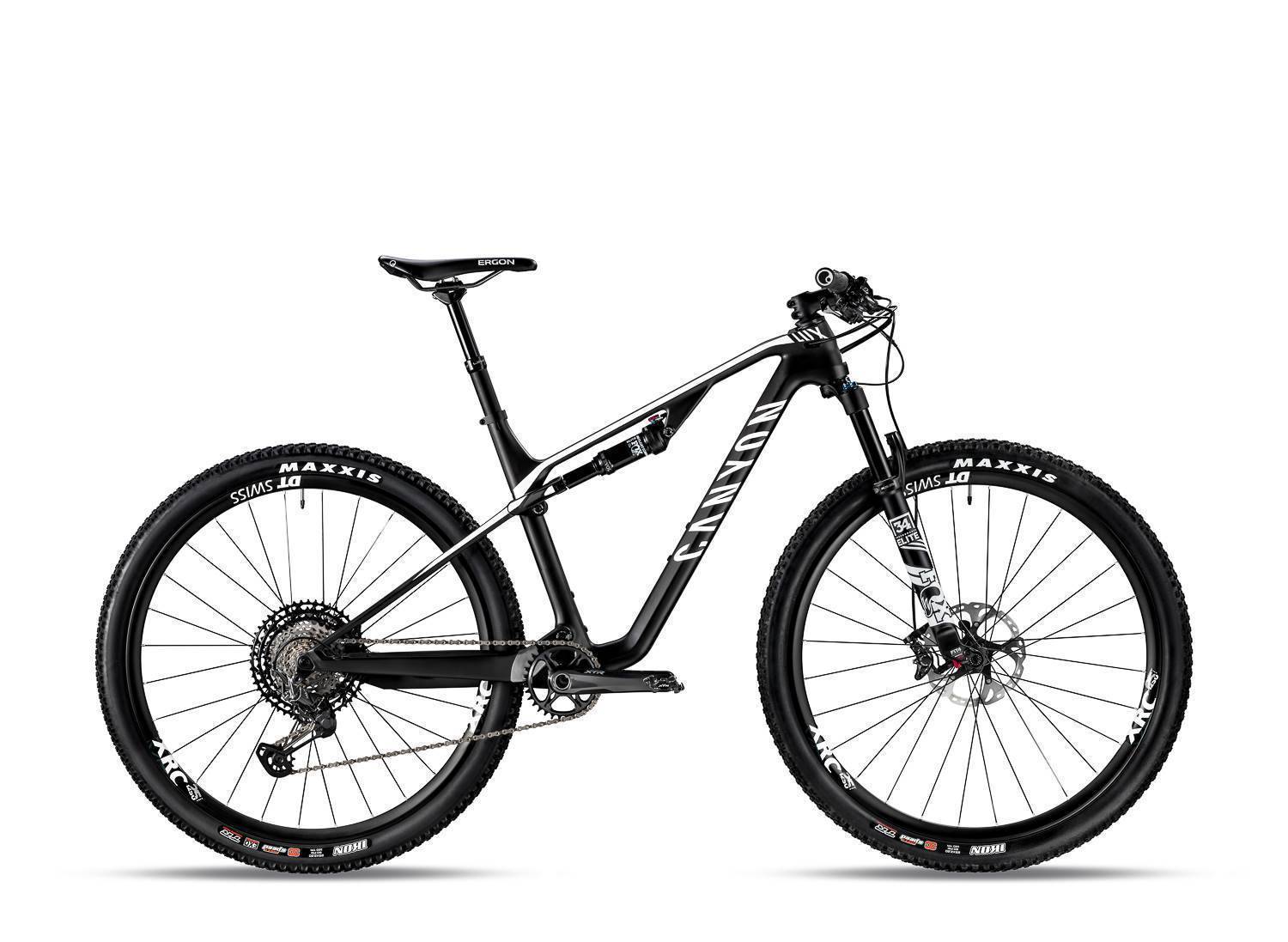
The Canyon Lux SL 8.0 Race Team is the top specced model with 110mm travek forks, and comes with XTR M9100 12-speed shifting and XT brakes, Fox Performance Elite suspension, and the amazing DT Swiss 1250 Carbon wheels (25mm internal). With carbon bars and a KS dropper this bike represents high performance with top value. This looks like an exceptional pick for race performance in the 110/100mm setup. Kudos to Canyon for selling a 29er race bike with such sweet wheels.
 The Canyon Lux CF SLX 9.0 Pro Race is what we have on test. XX1 Eagle, Reynolds wheels… it's dialled. And confirmed at 11.3kg in large with cages this thing is ready to race.
The Canyon Lux CF SLX 9.0 Pro Race is what we have on test. XX1 Eagle, Reynolds wheels… it's dialled. And confirmed at 11.3kg in large with cages this thing is ready to race.
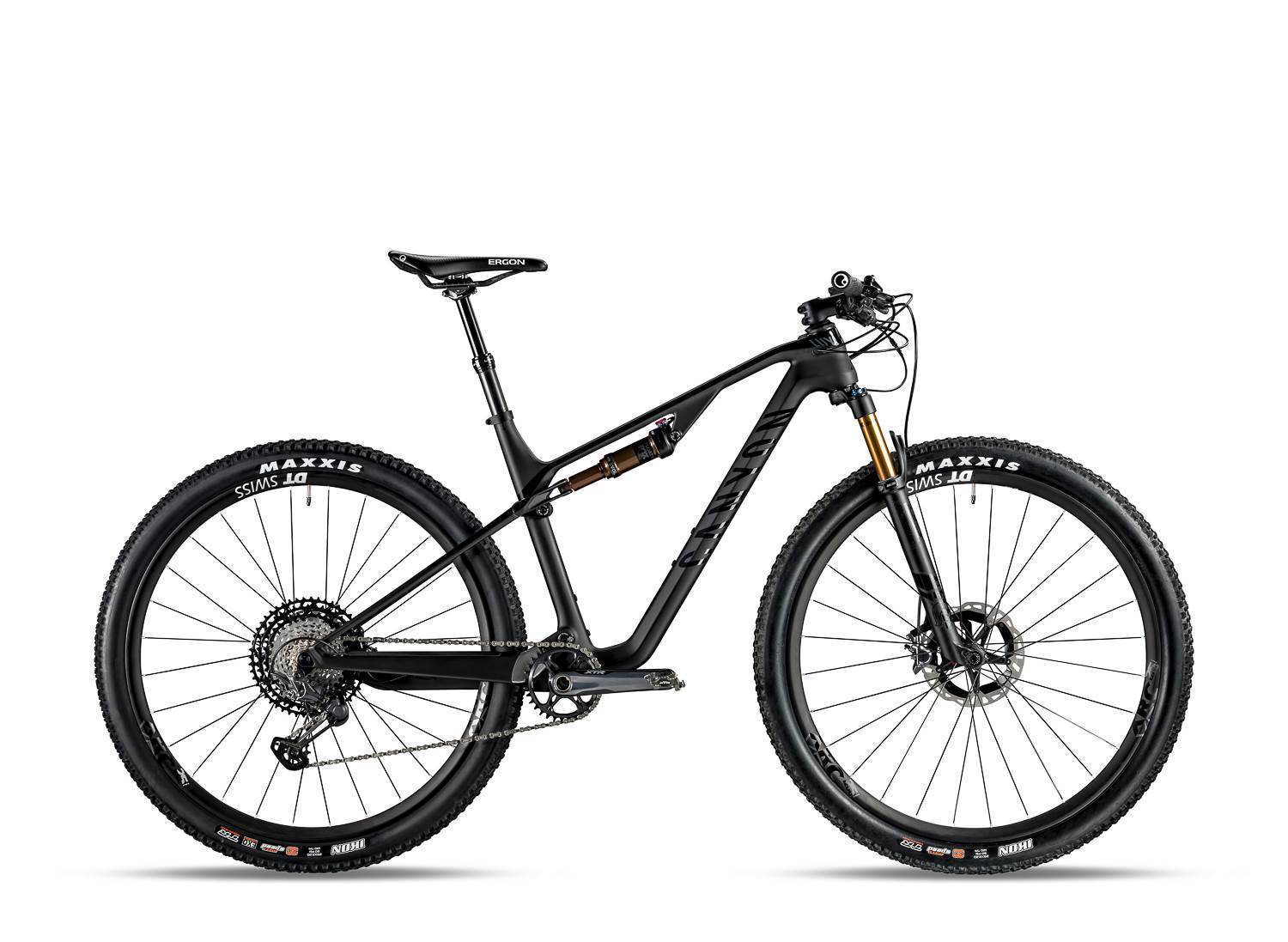
There will always be a top model, and in this case it is Canyon Lux SLX 9.0 Race Team. In 2018 the Canyon Topeak Factory Racing Team moved to a Shimano and Fox package, and along with DT Swiss wheels and Maxxis tyres, and of course Ergon finishing kit that's what the Race Team model uses. The full XTR M9100 group set, DT Swiss XRC 1200 wheels, KS Lev Ci dropper, Fox Factory 32 SC and Factory EVOL DPS shock all make for a bike ready for a World Champion – like their team rider Alban Lakata. Claimed weight is 10.0kg and with a price of $8599 it's a relative bargain compared to top tier XC bikes from other major brands that sit at and well into 5 figures.
Head to the Canyon website if you want to know more, and stay tuned for a full review in a coming issue, and further details online as we have more time to play with the all new Canyon Lux.

